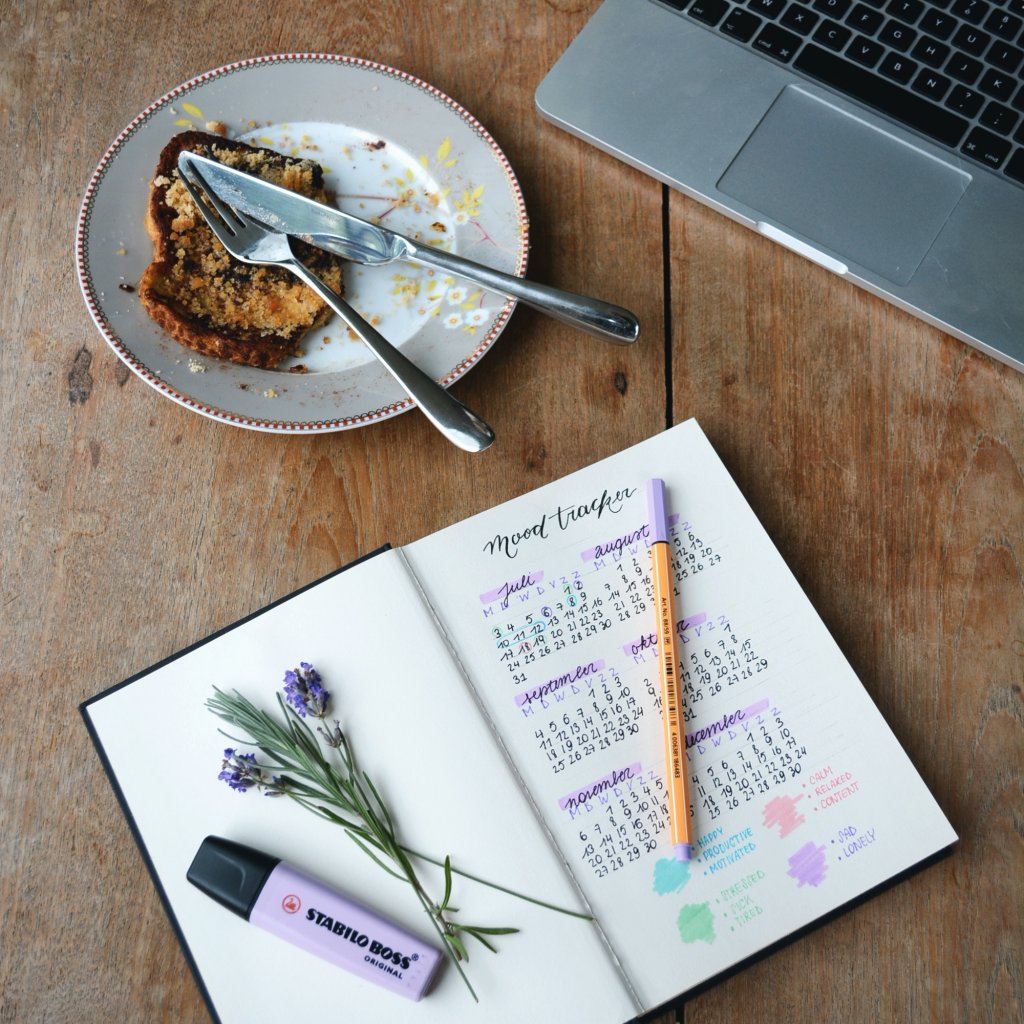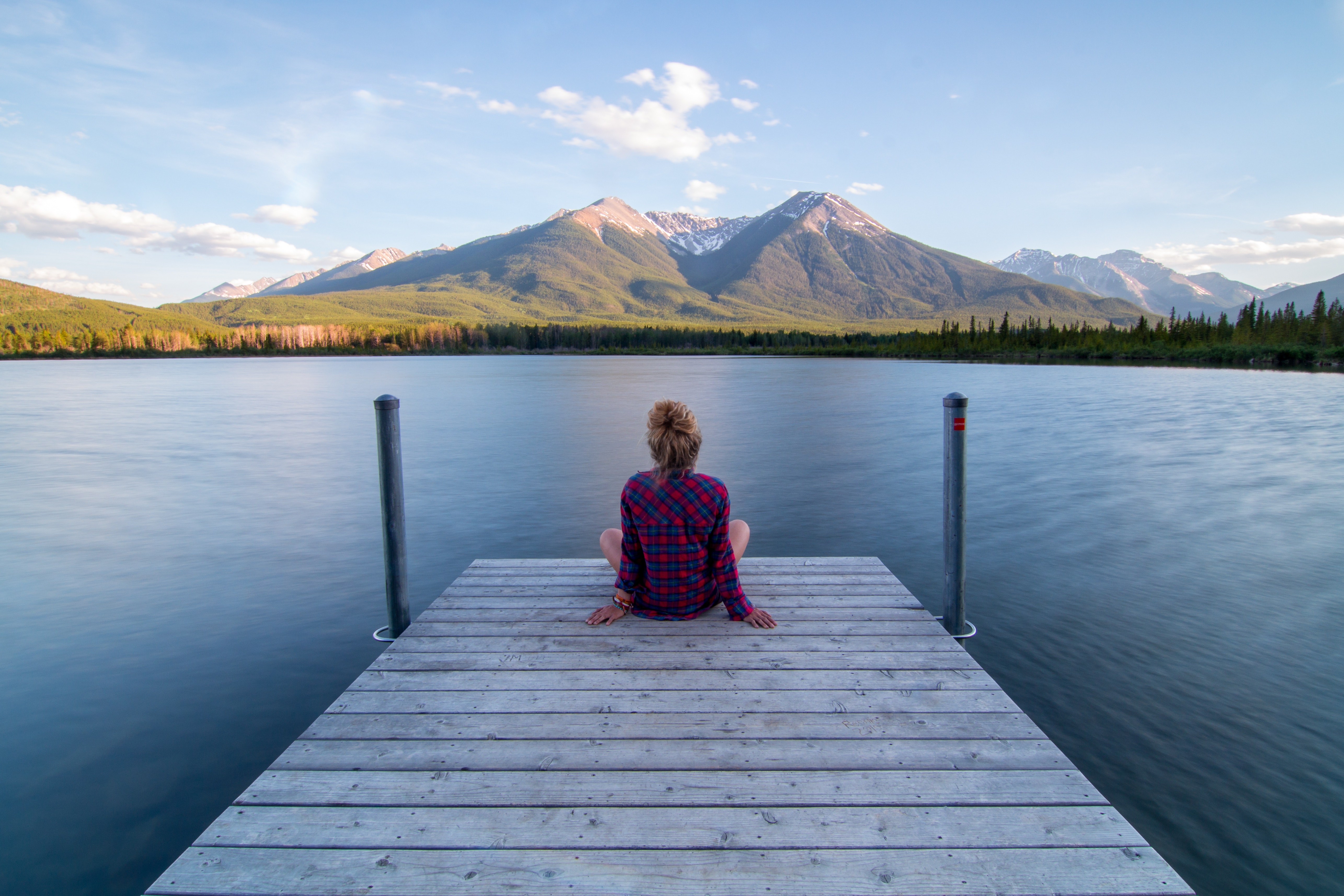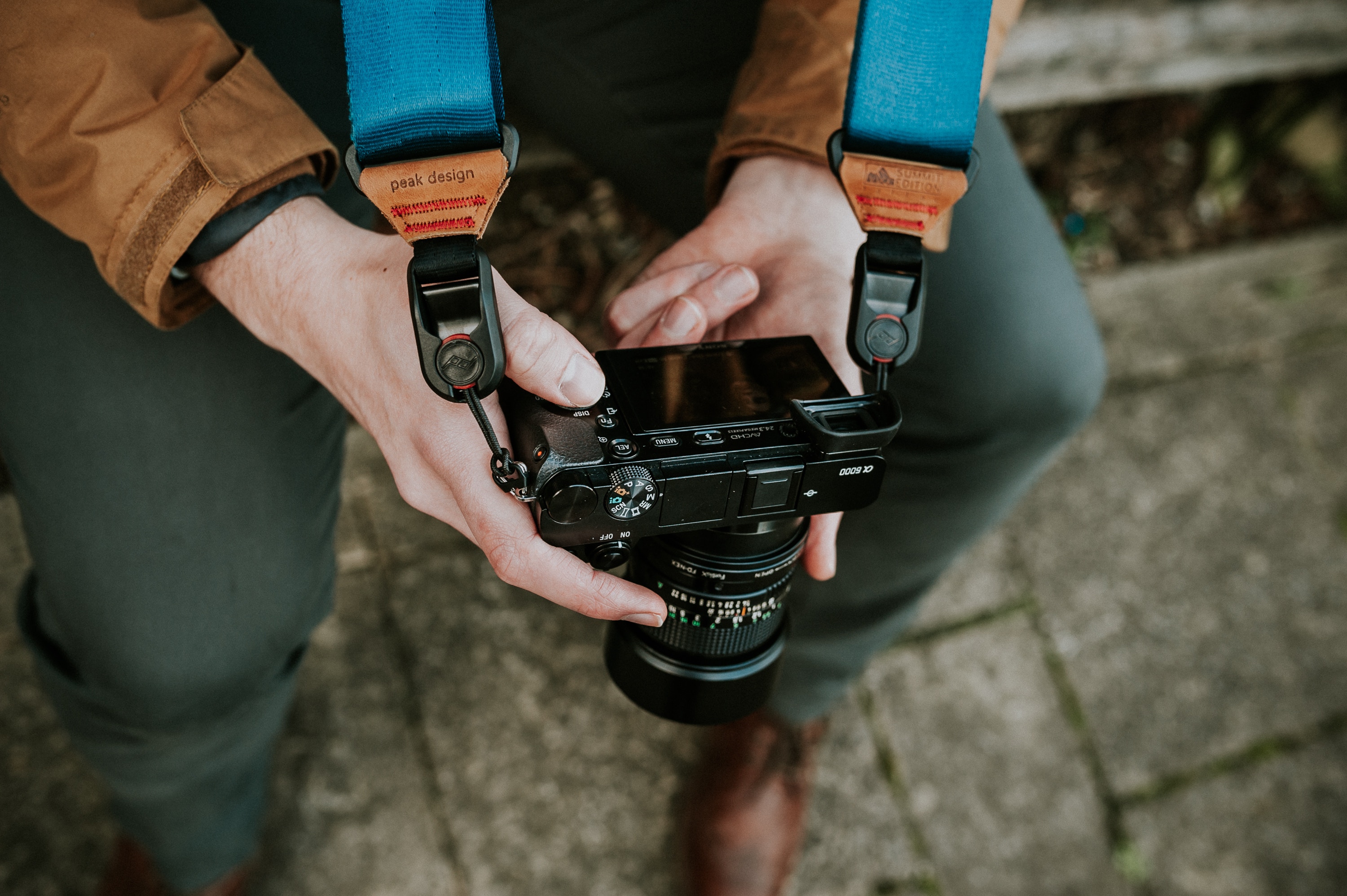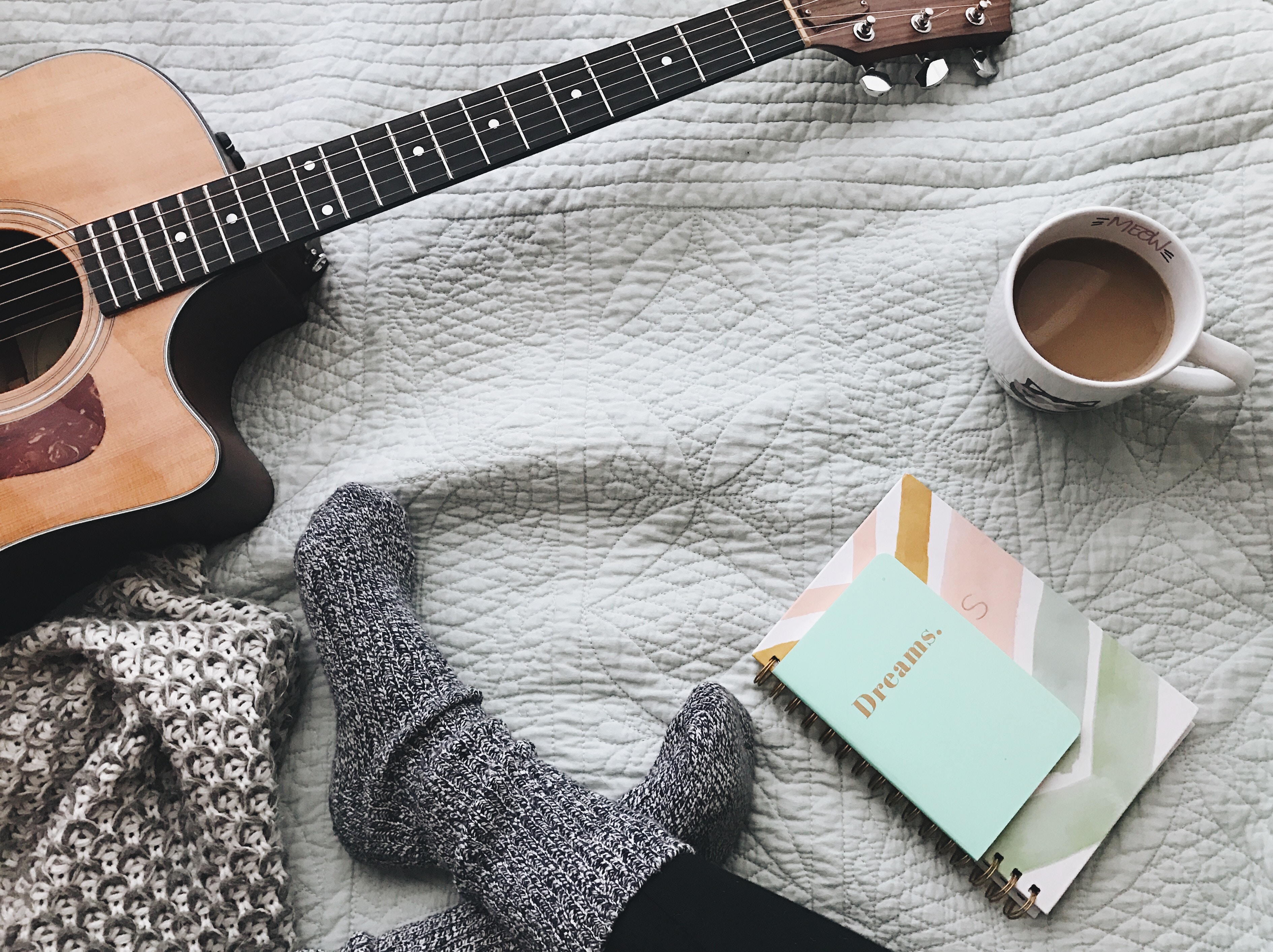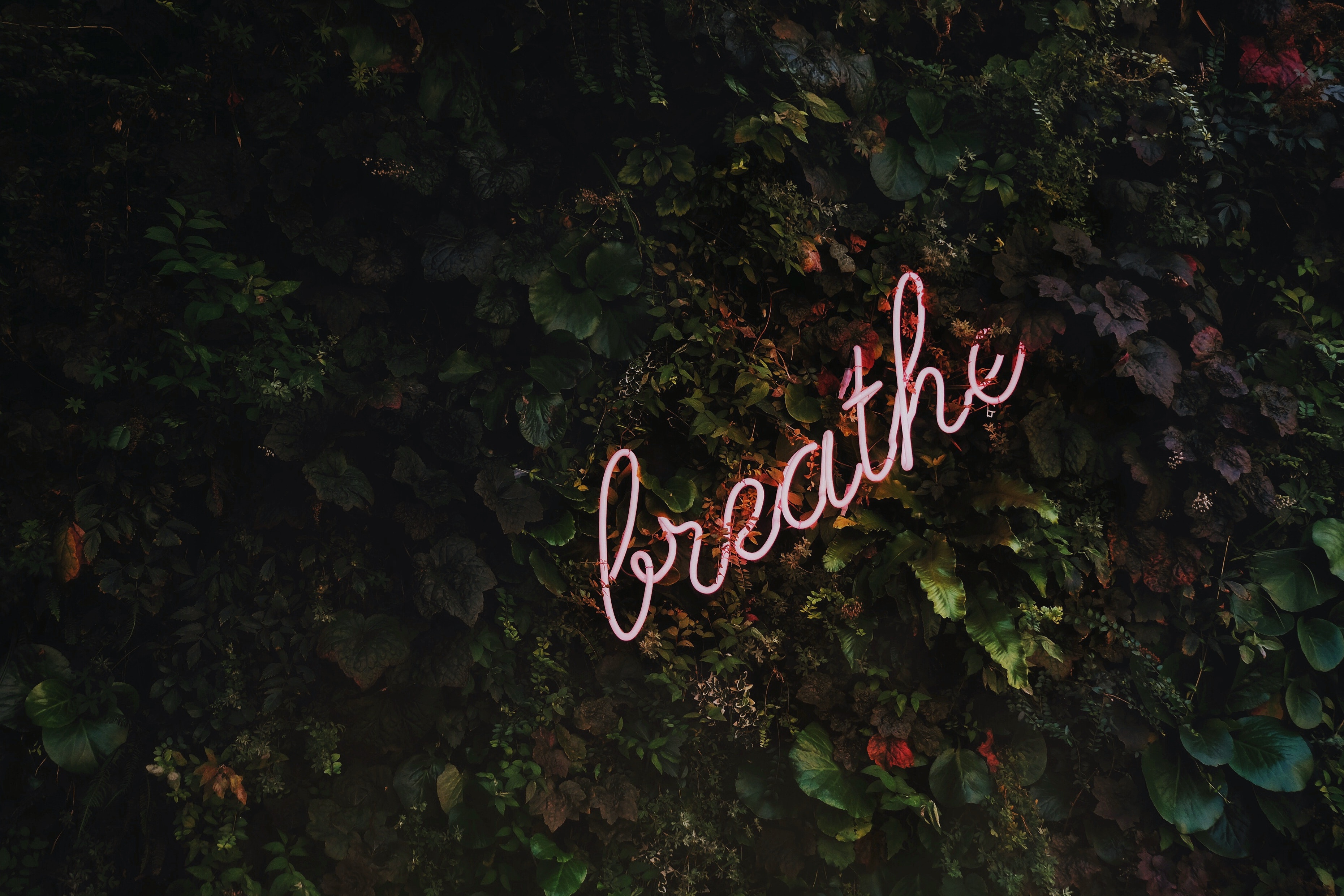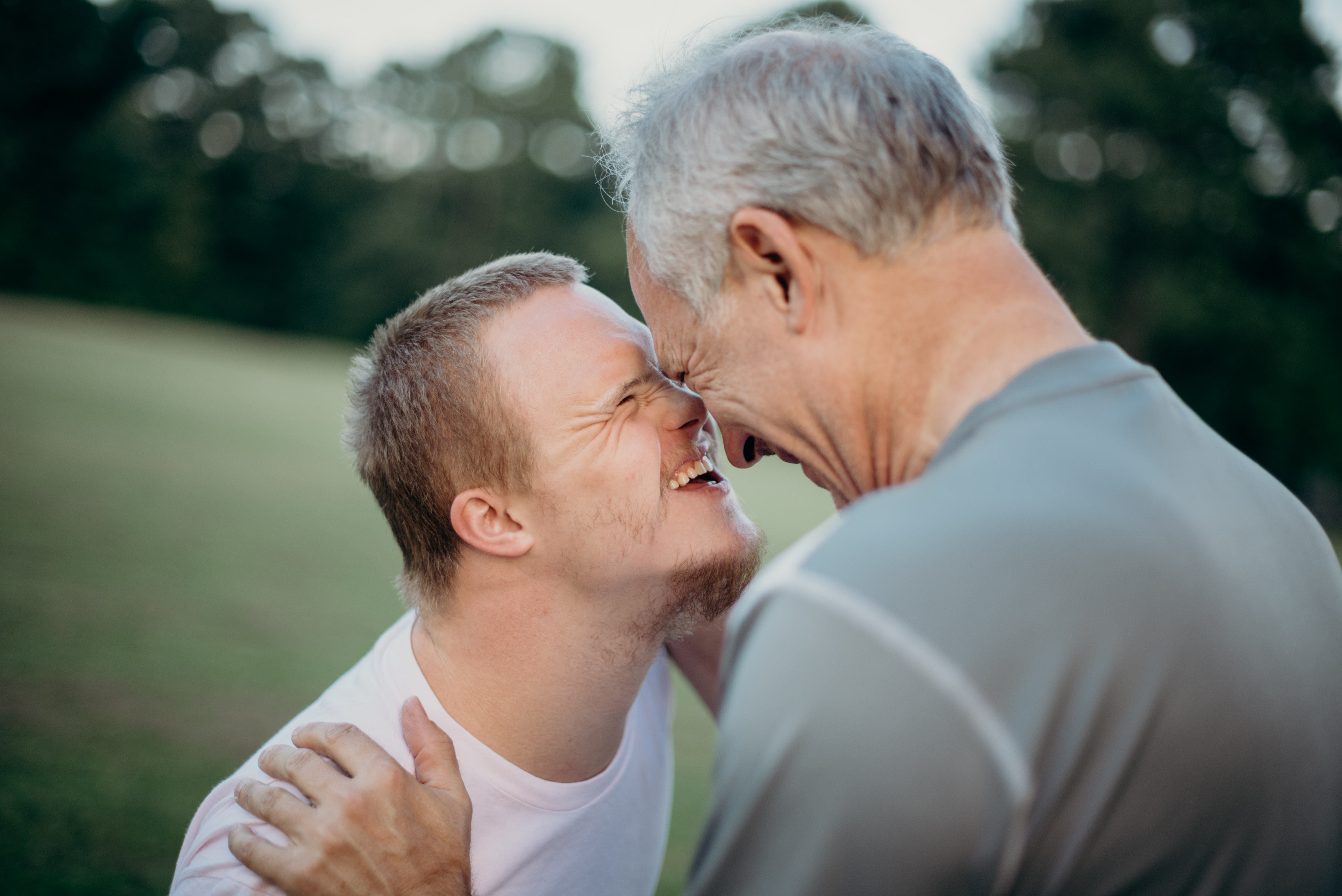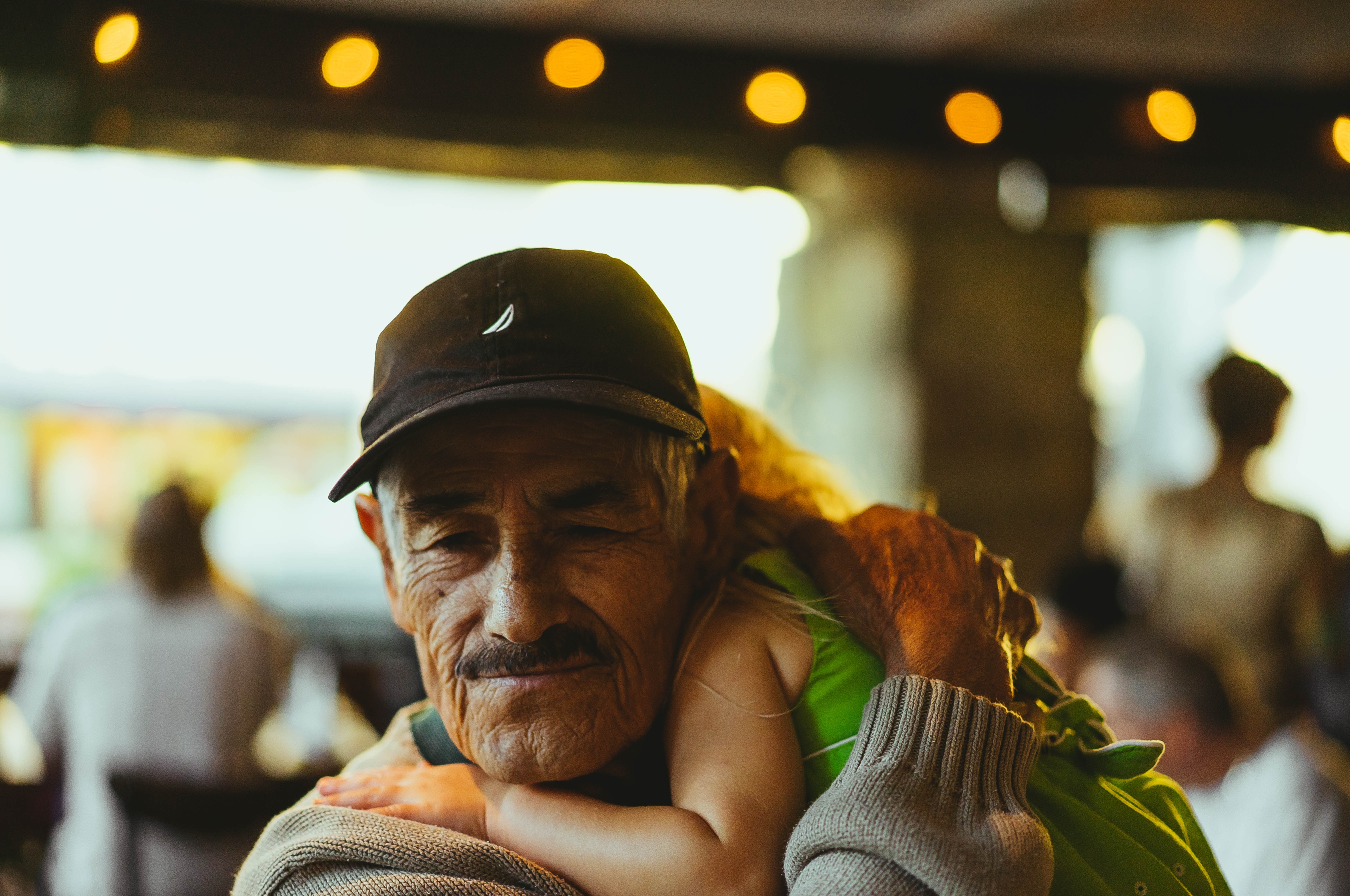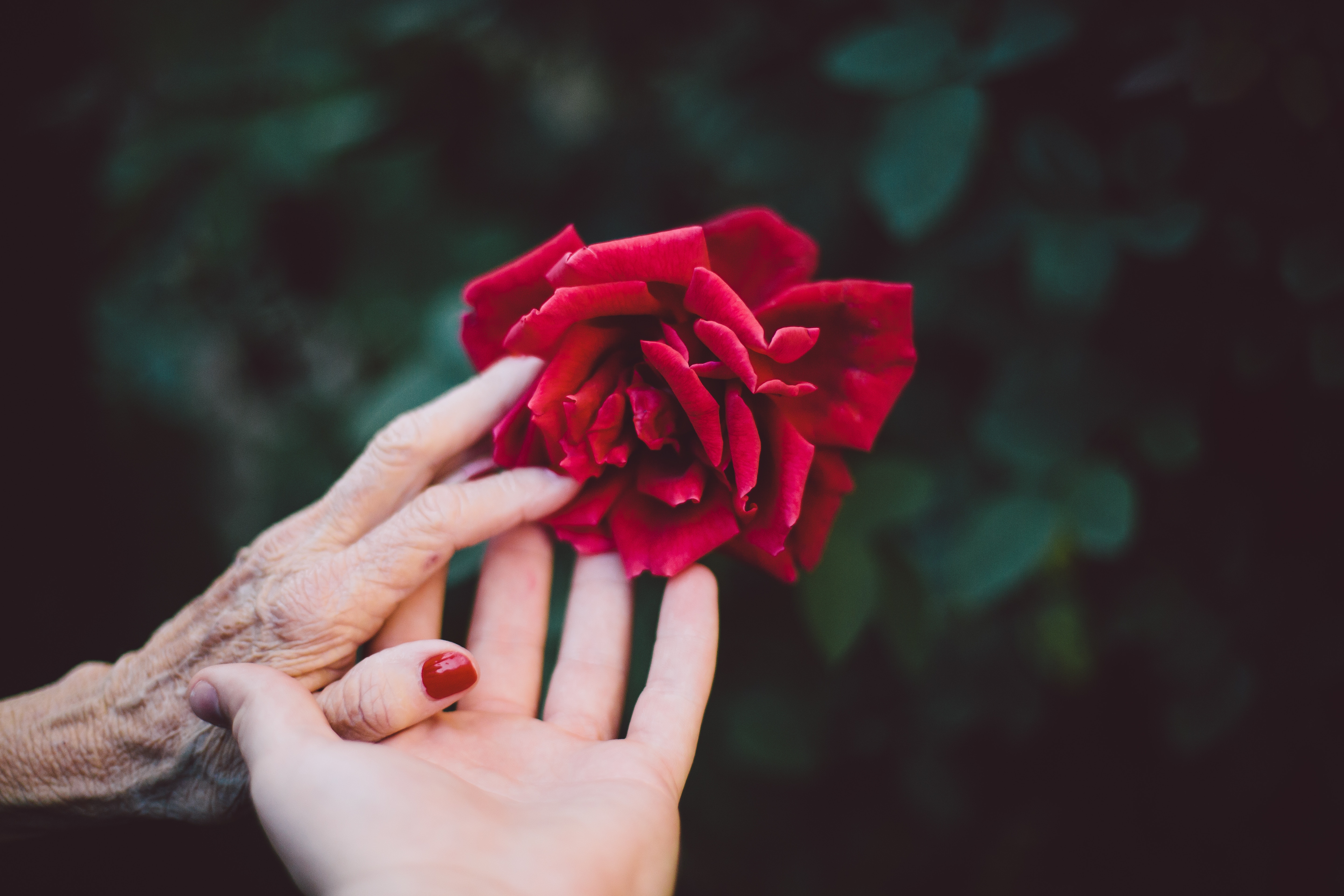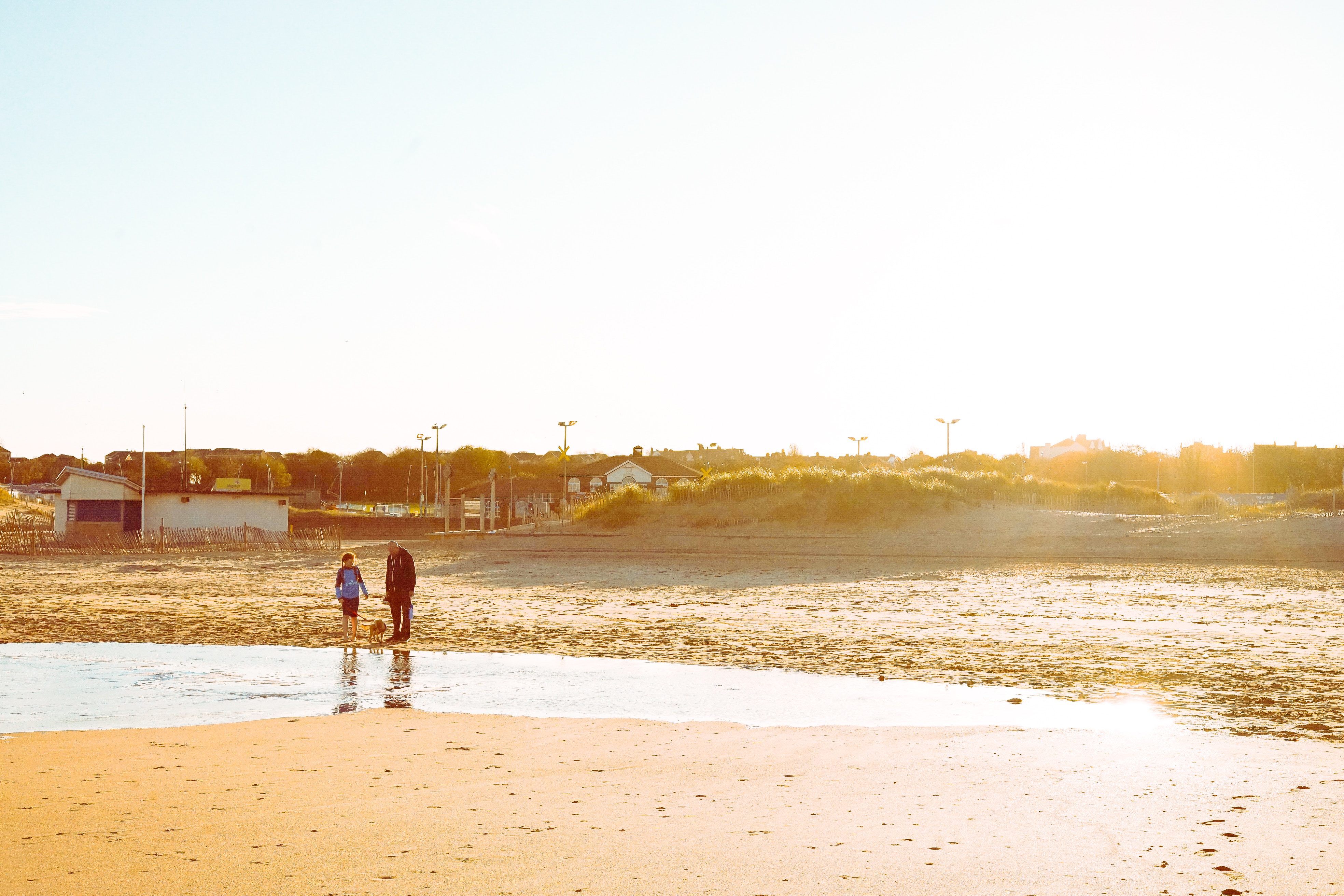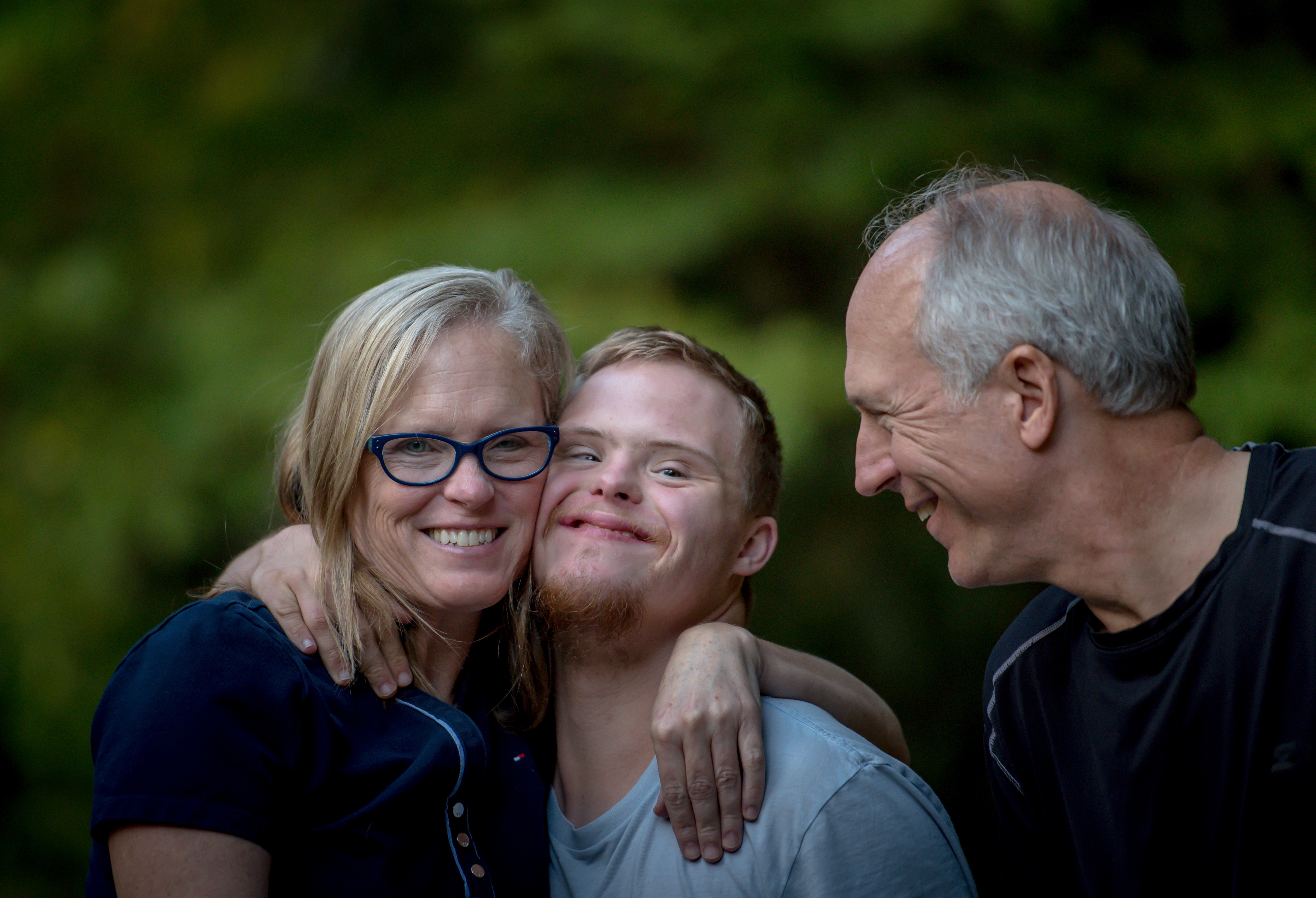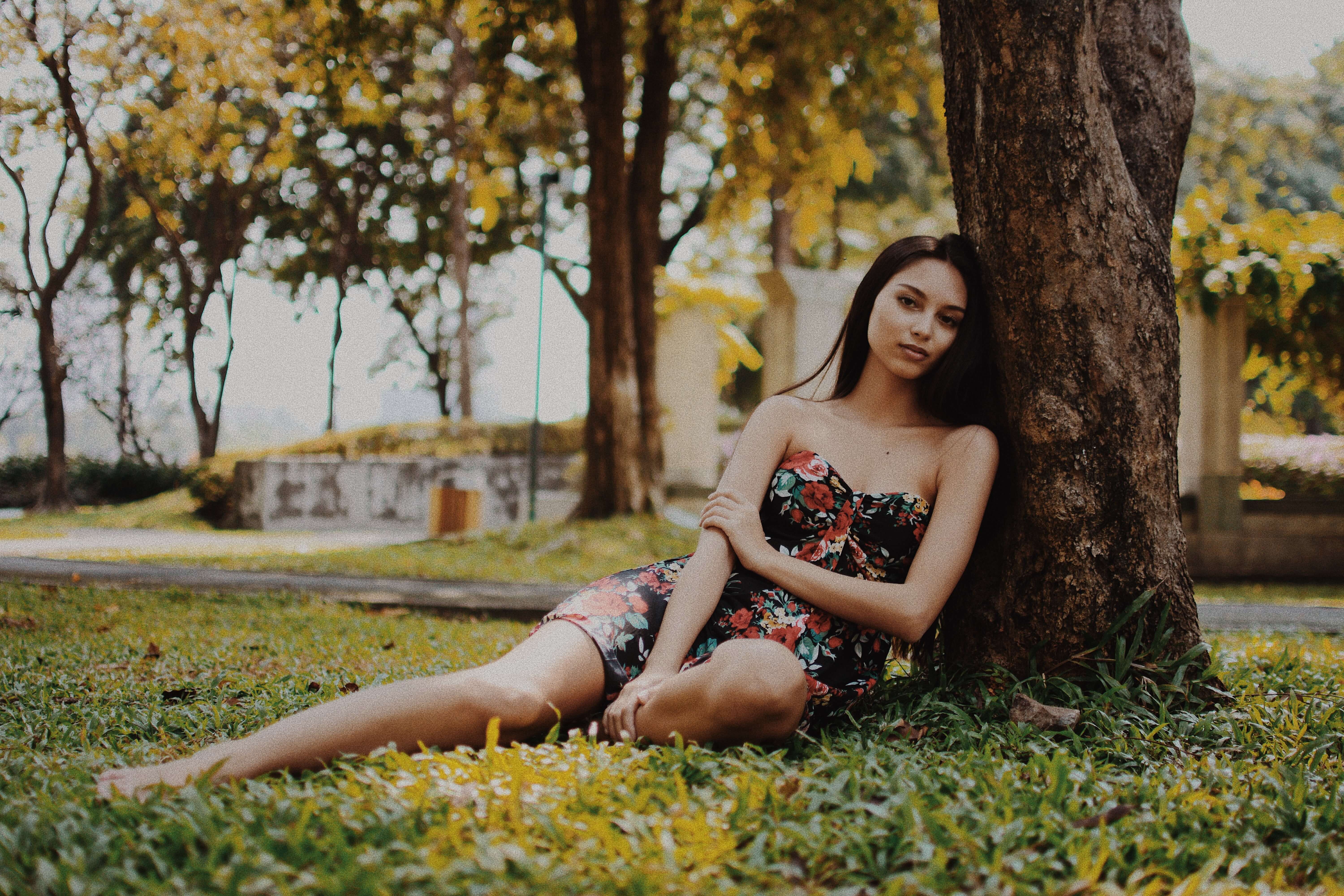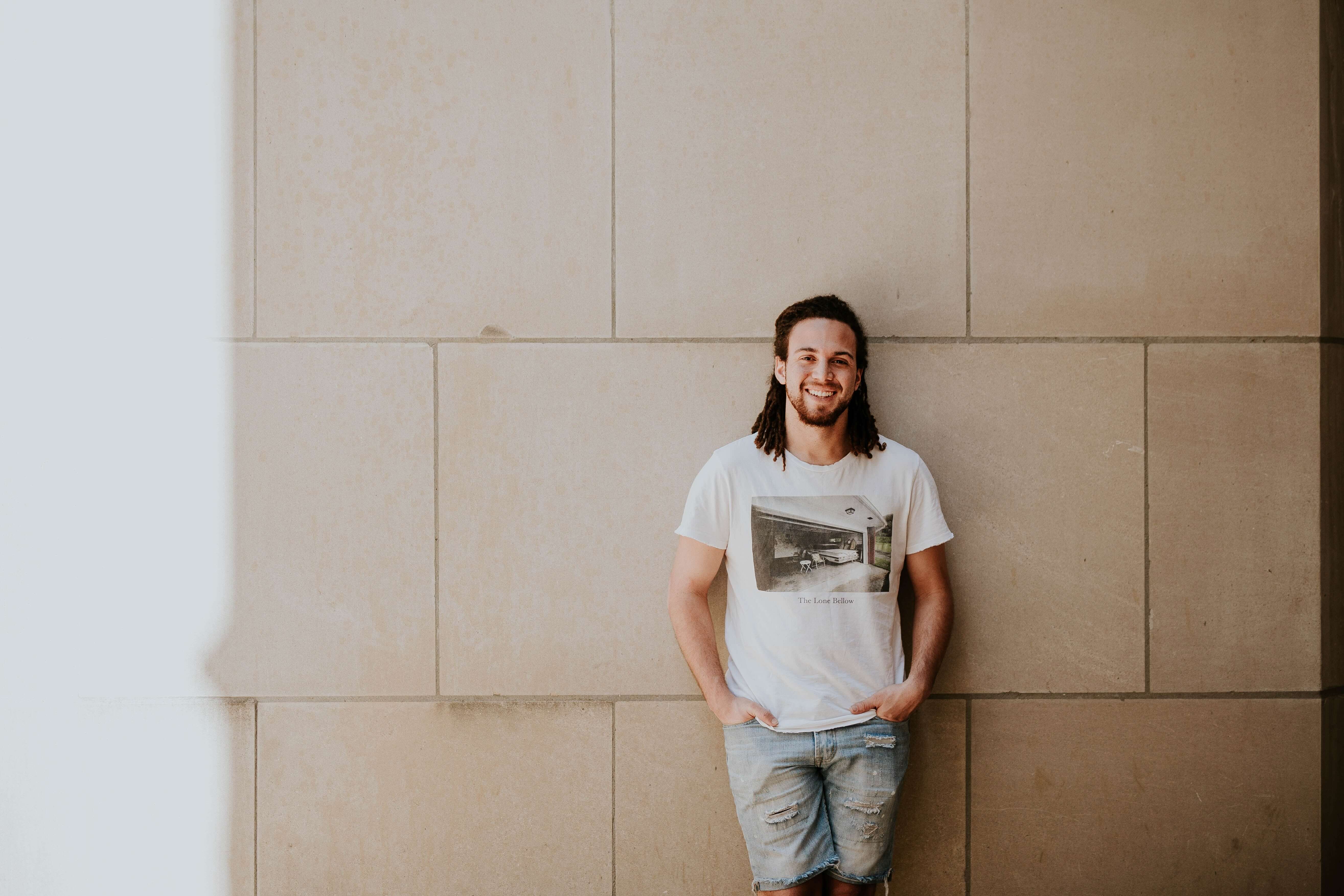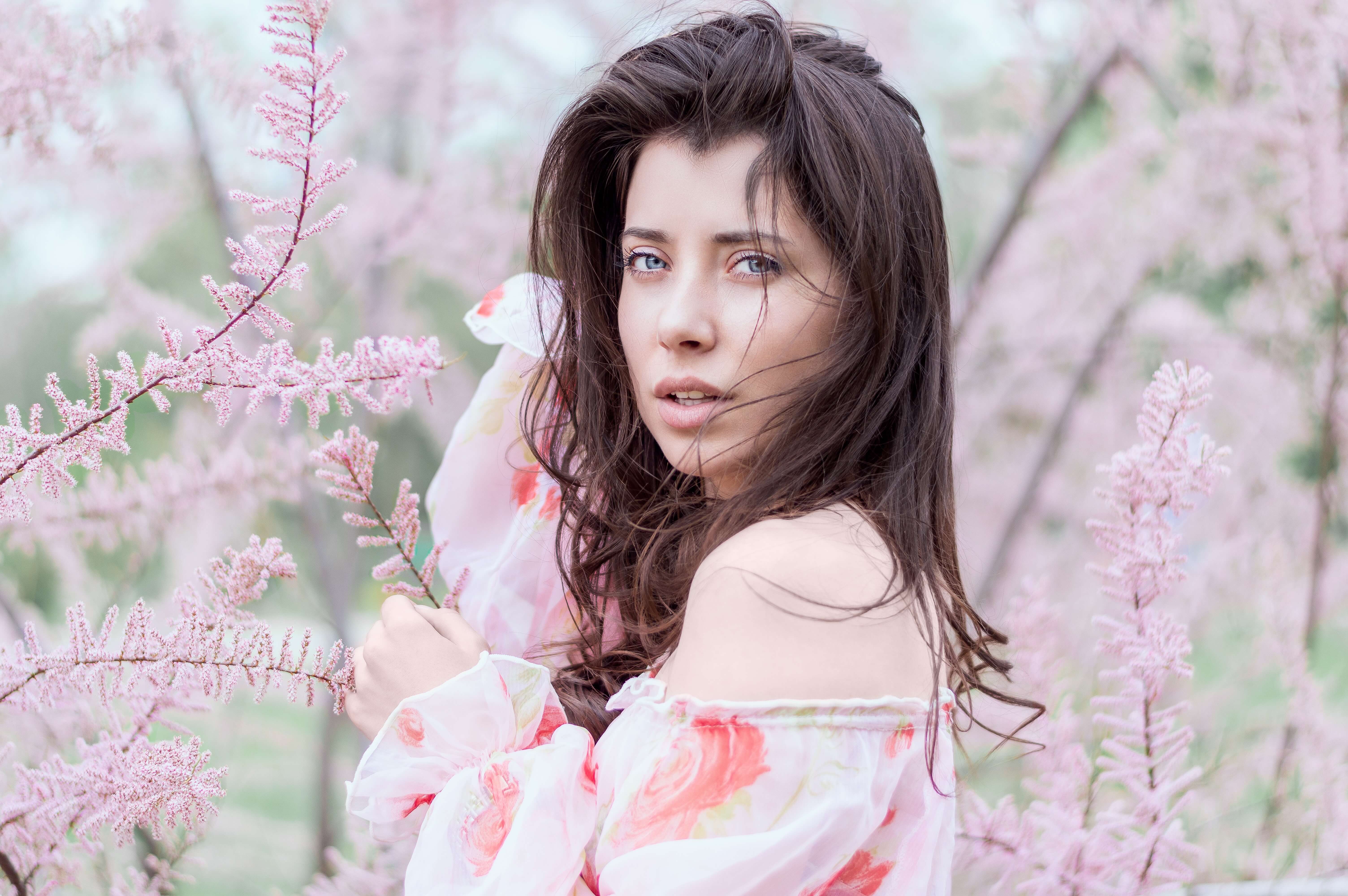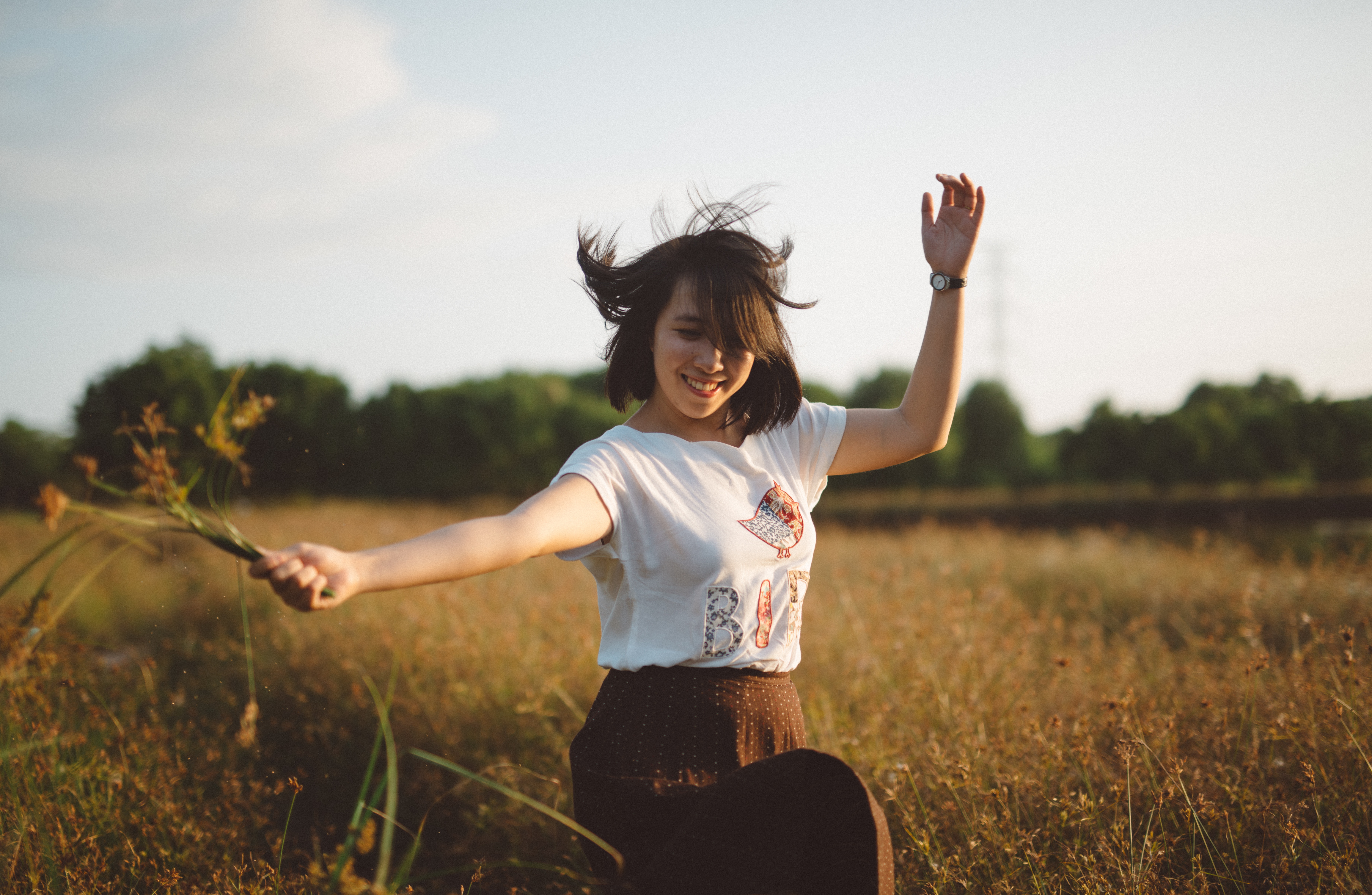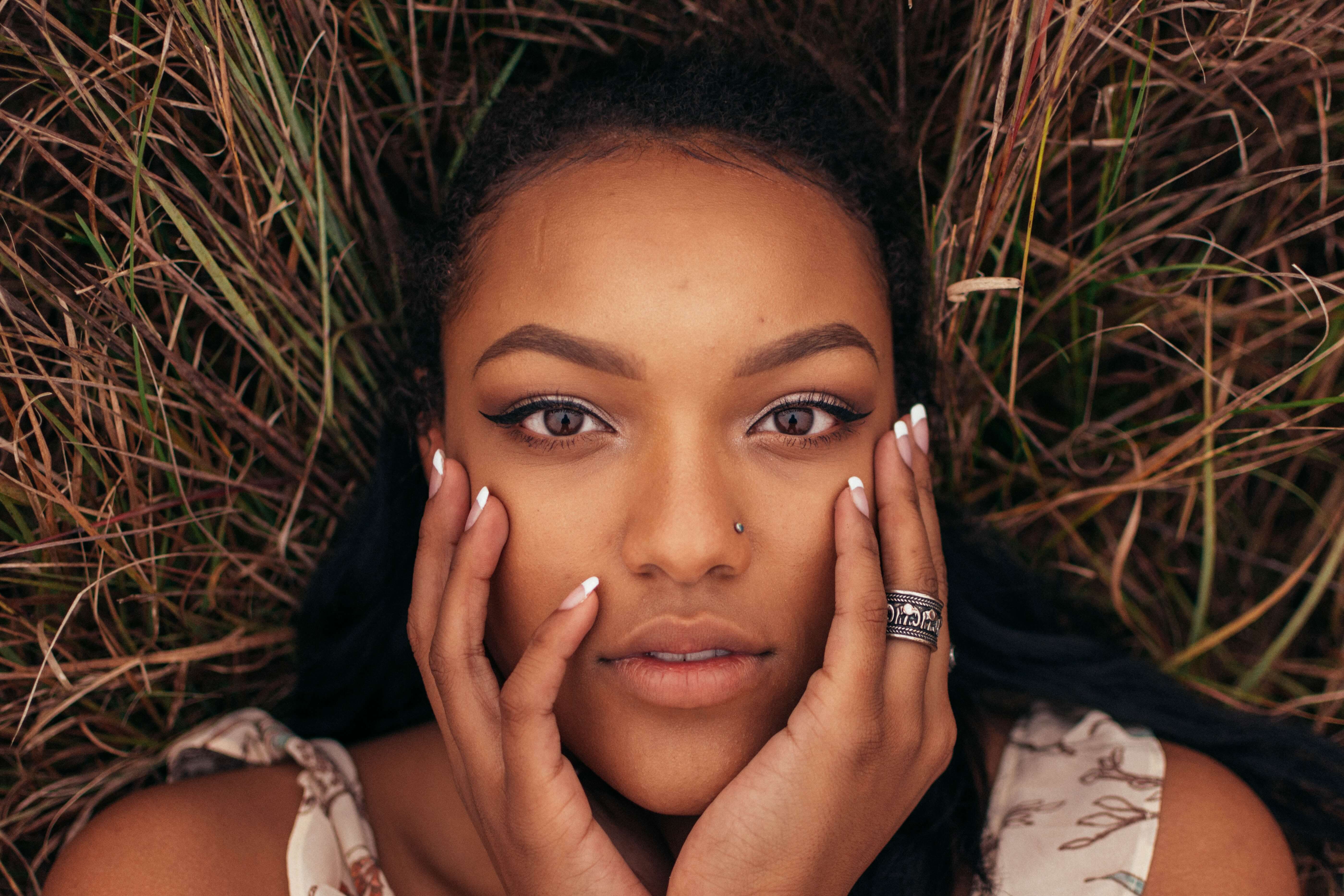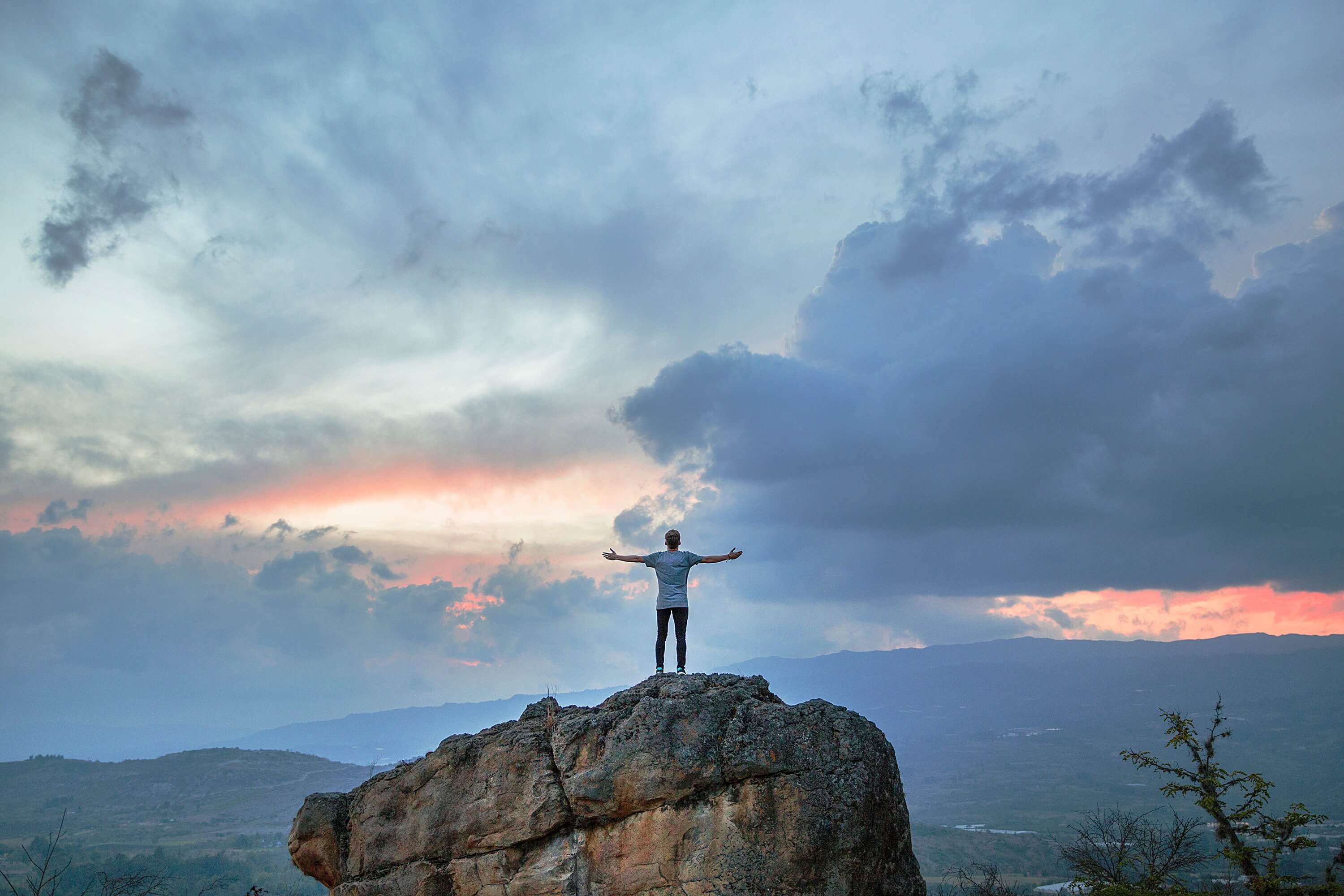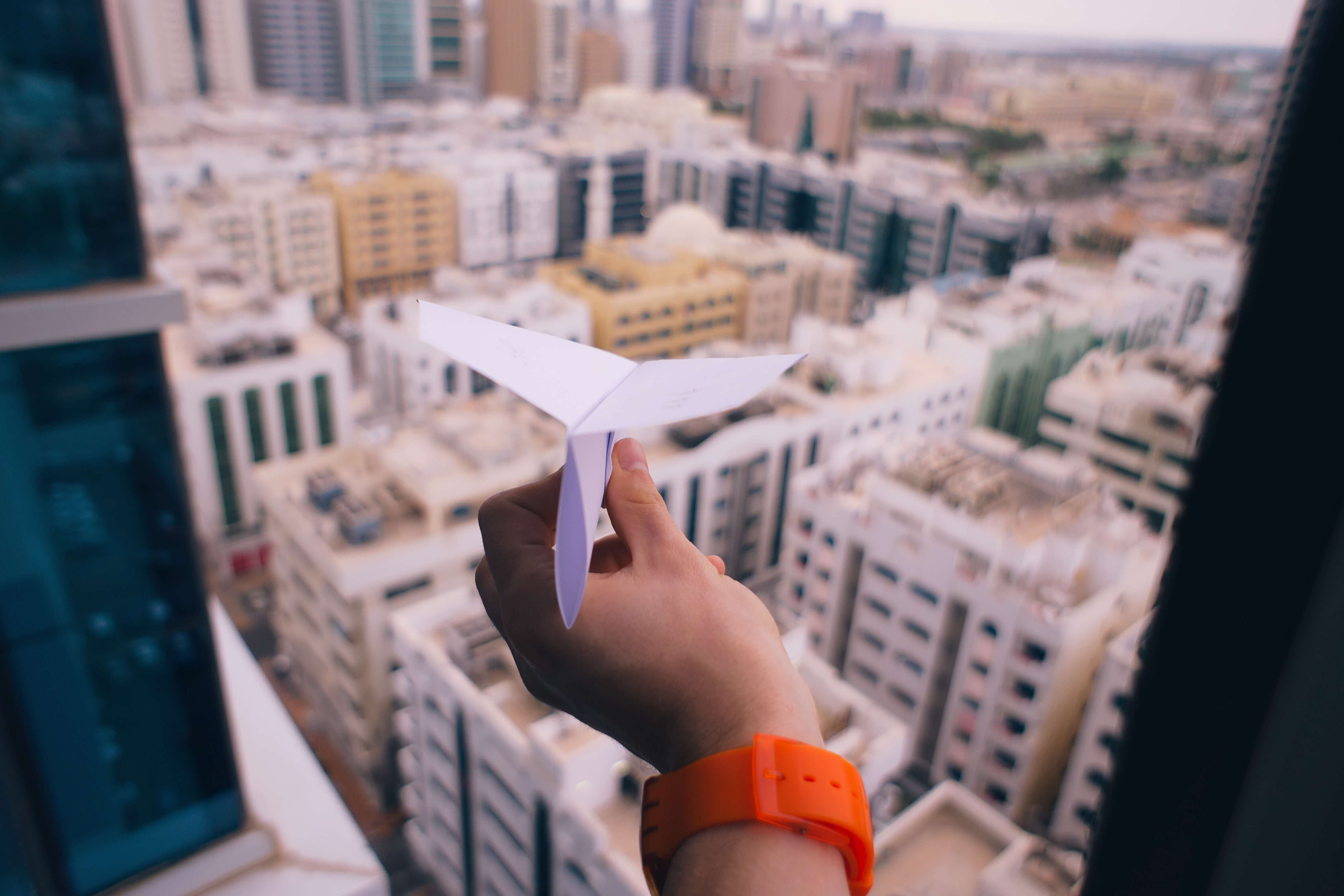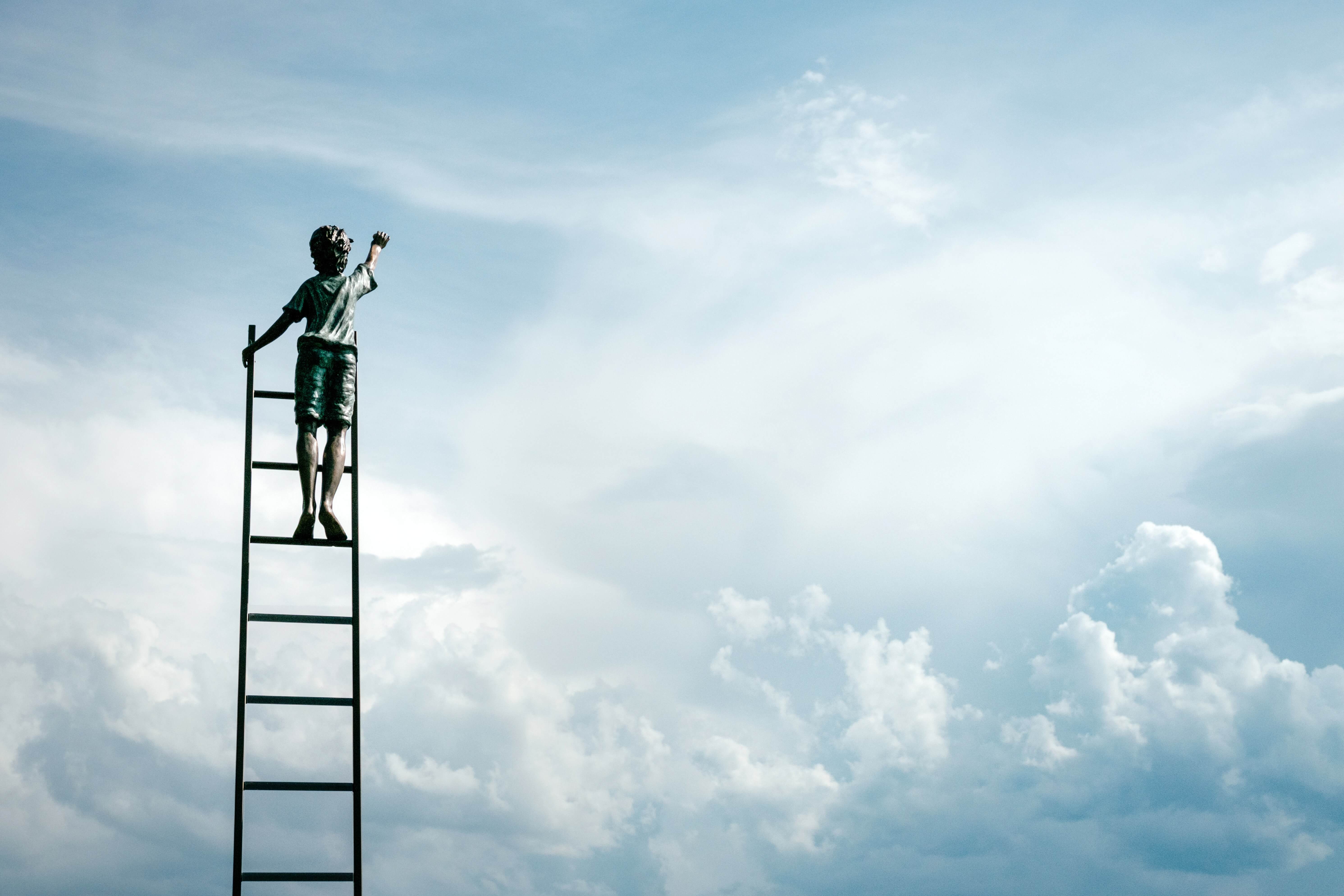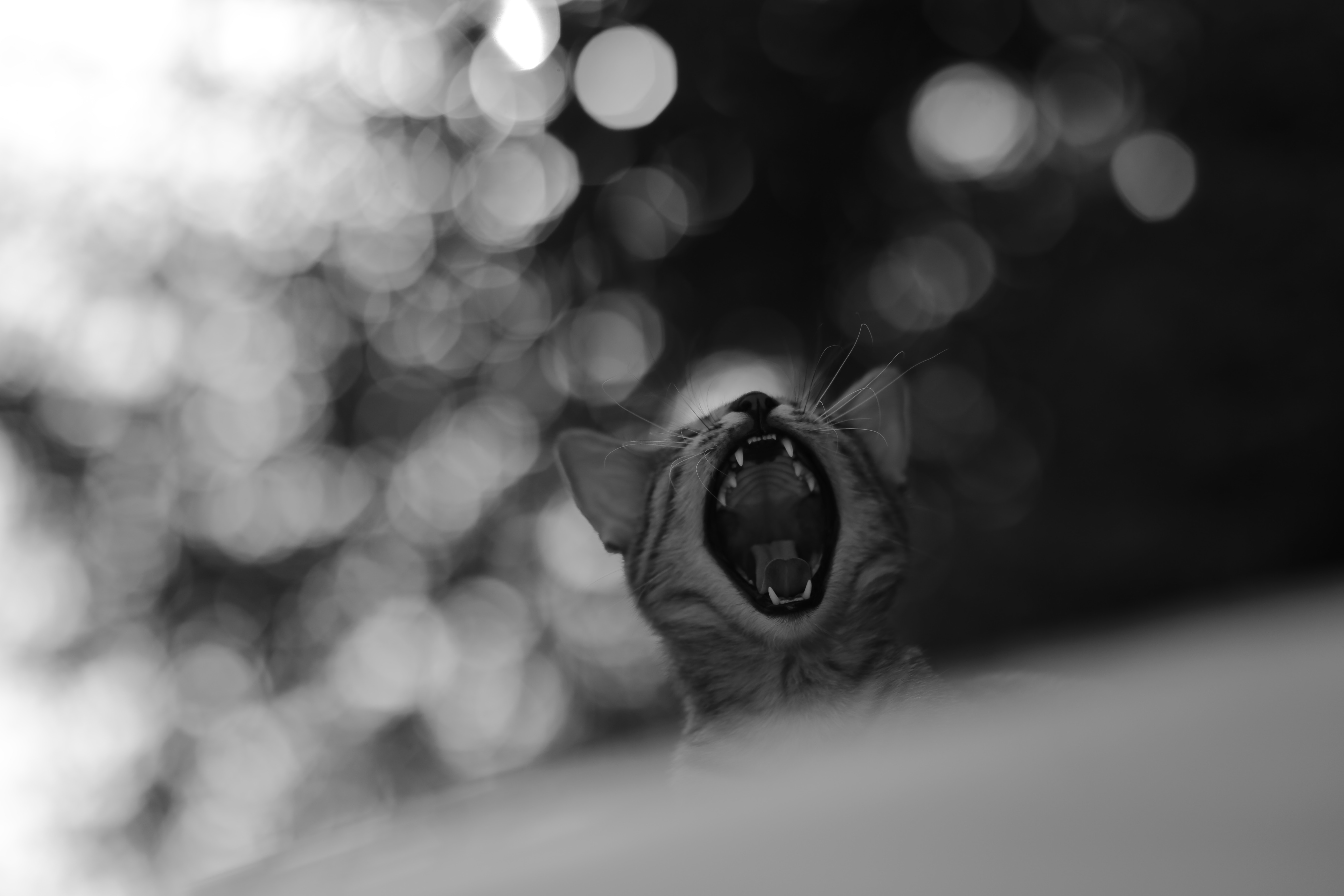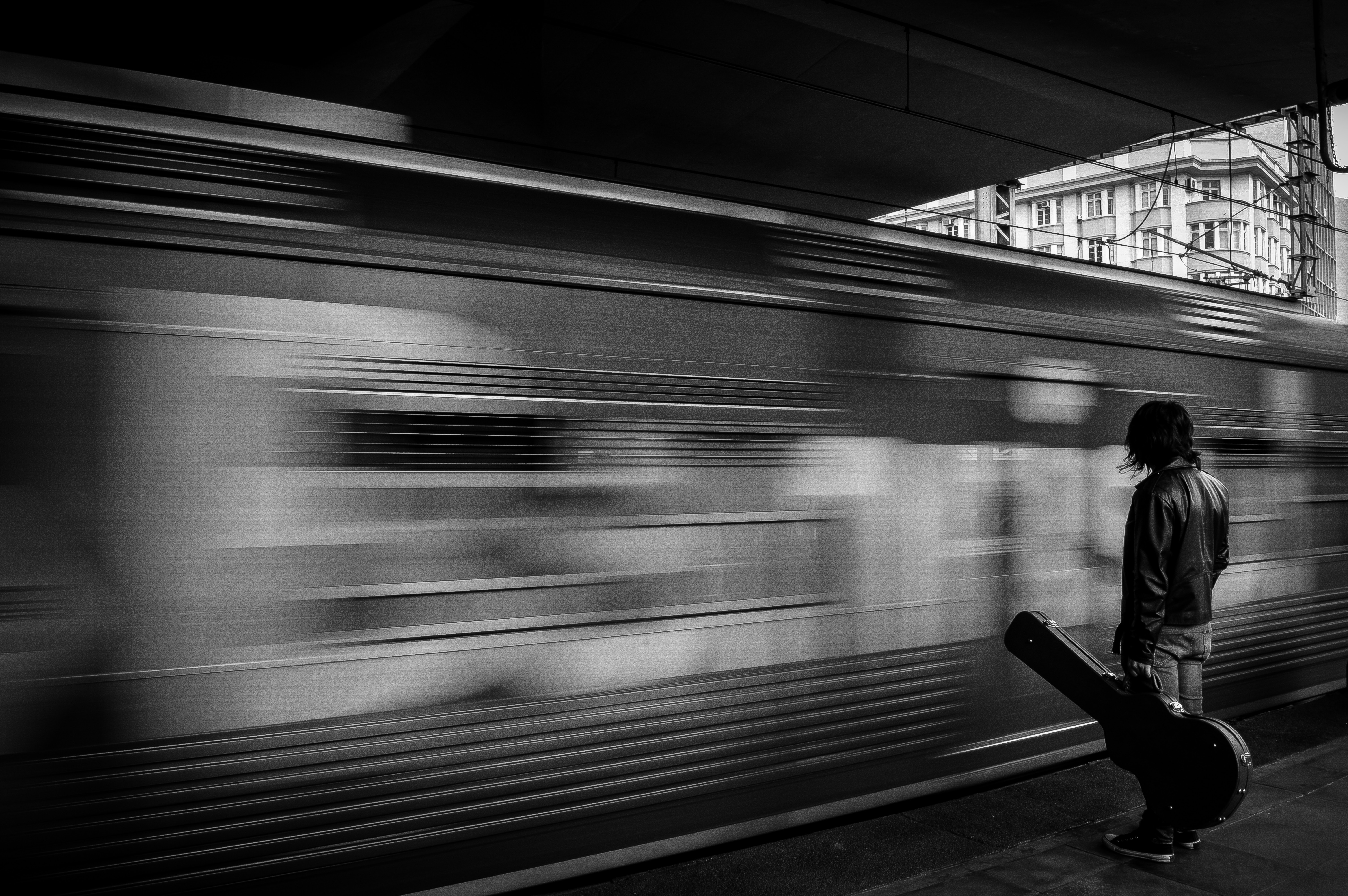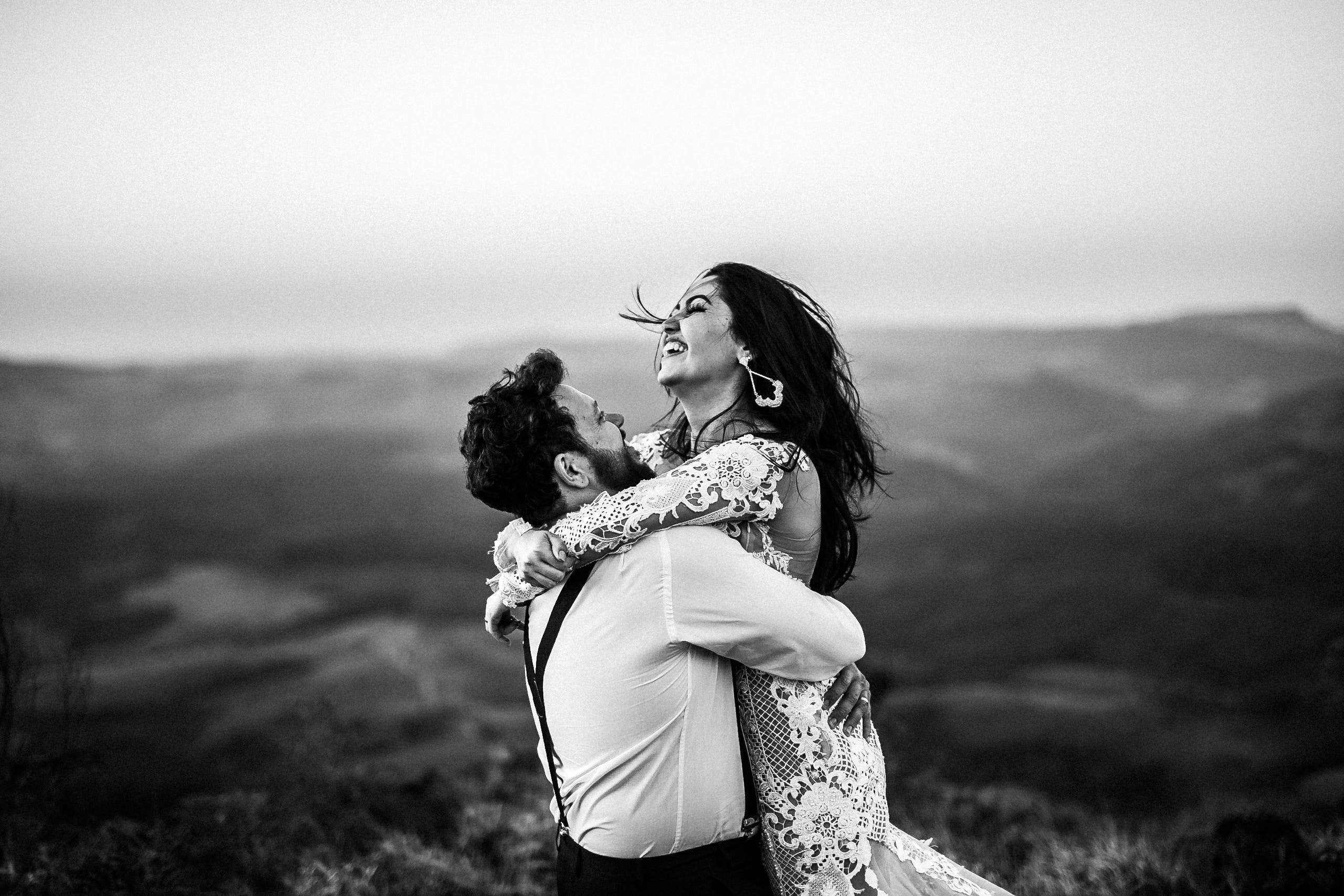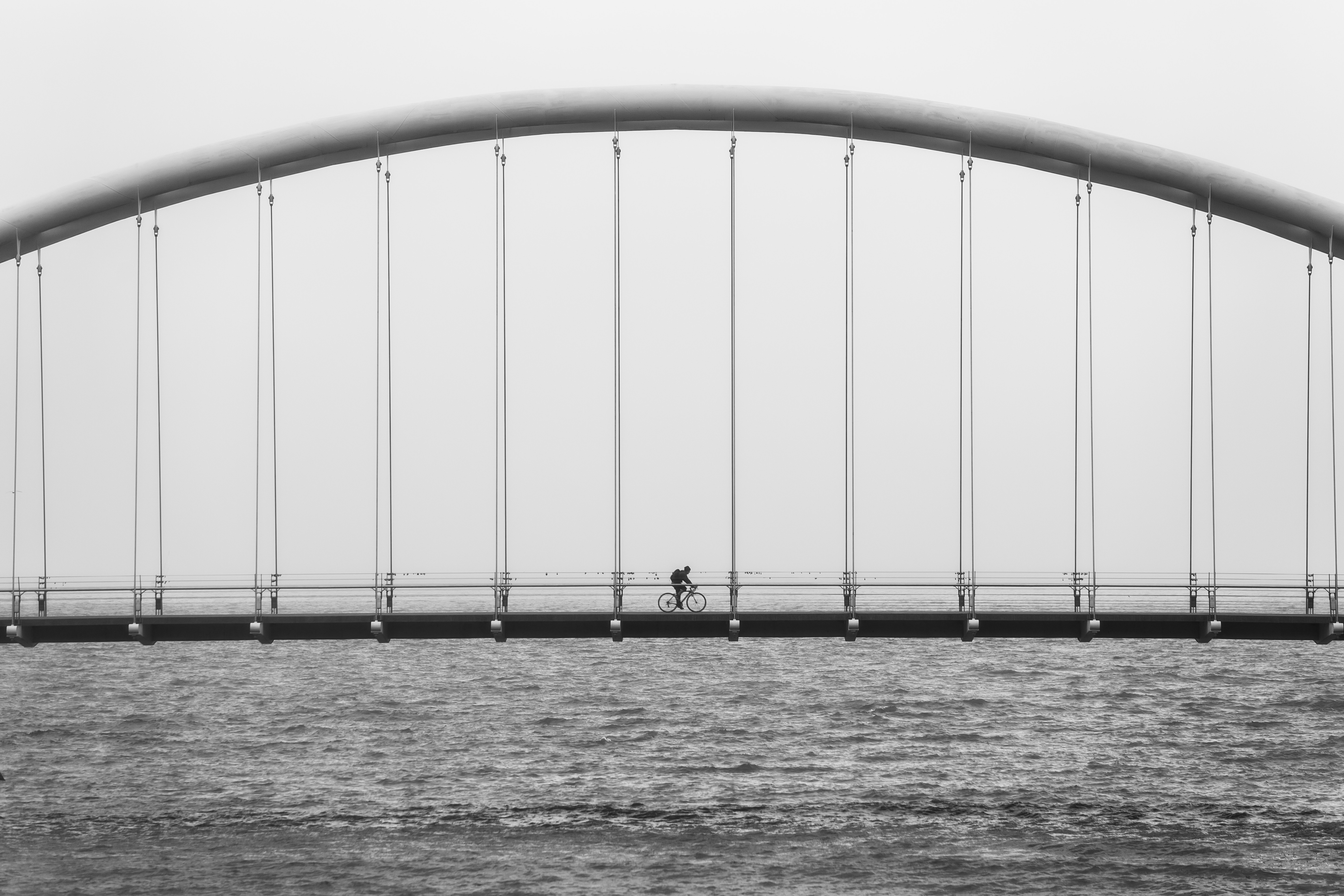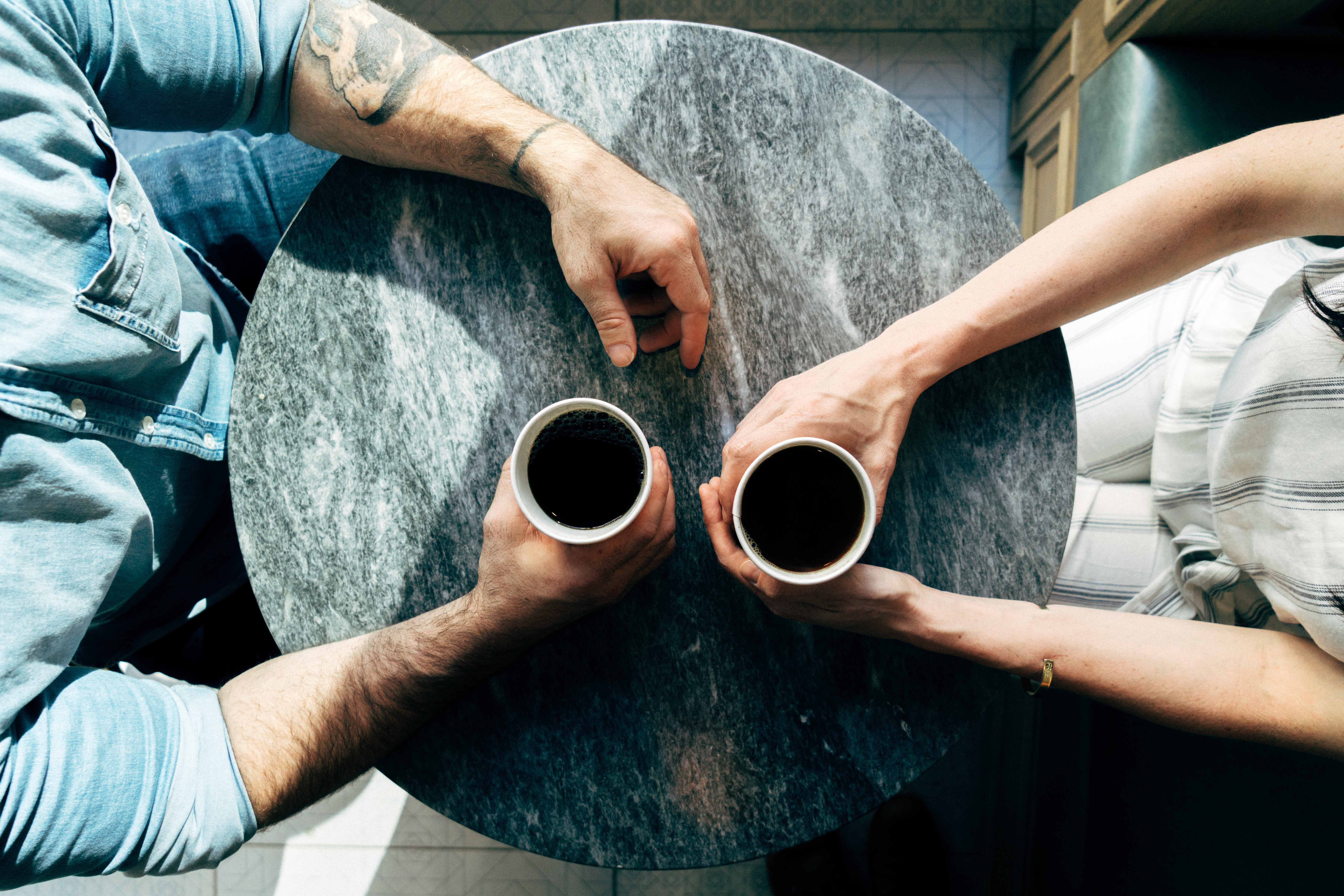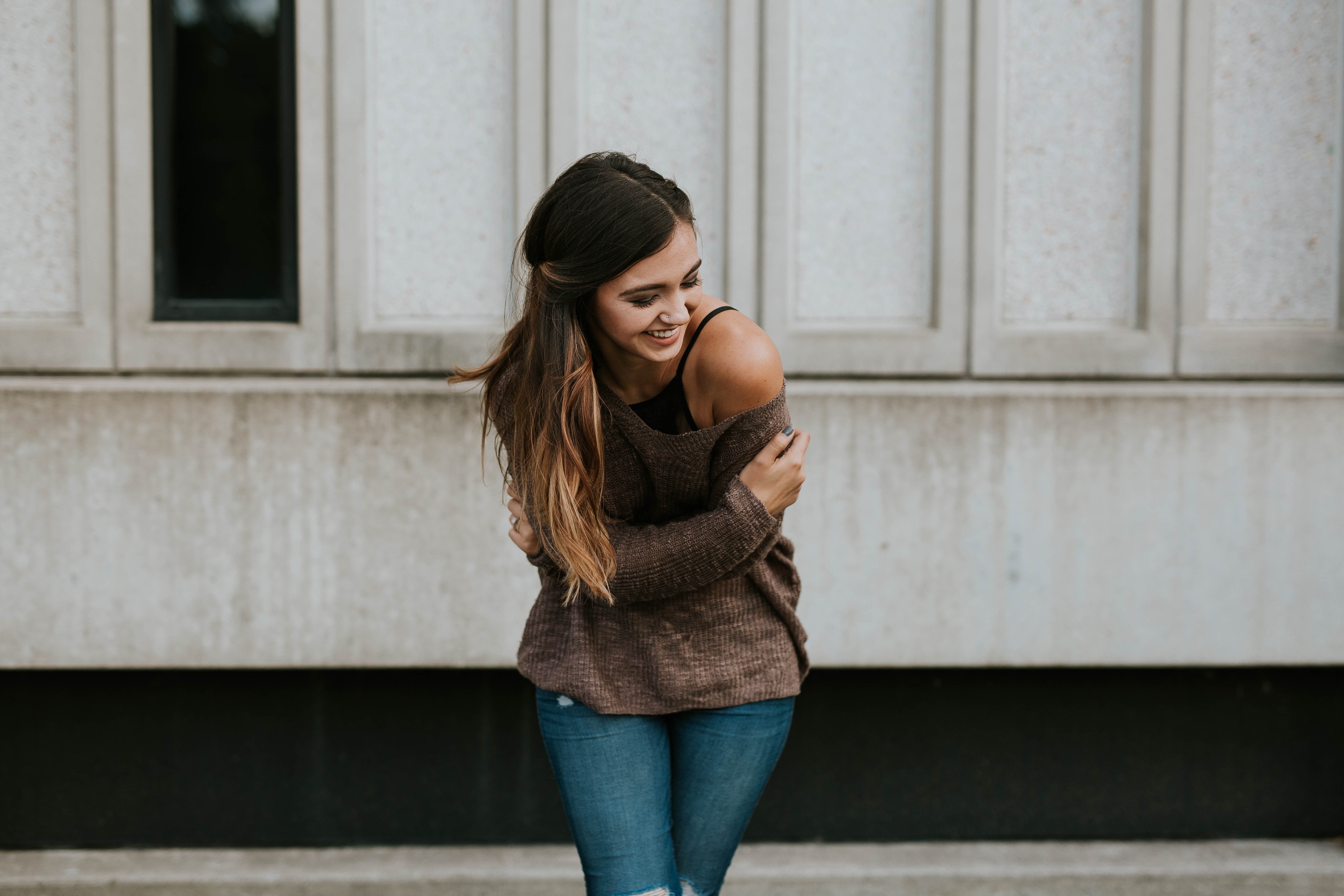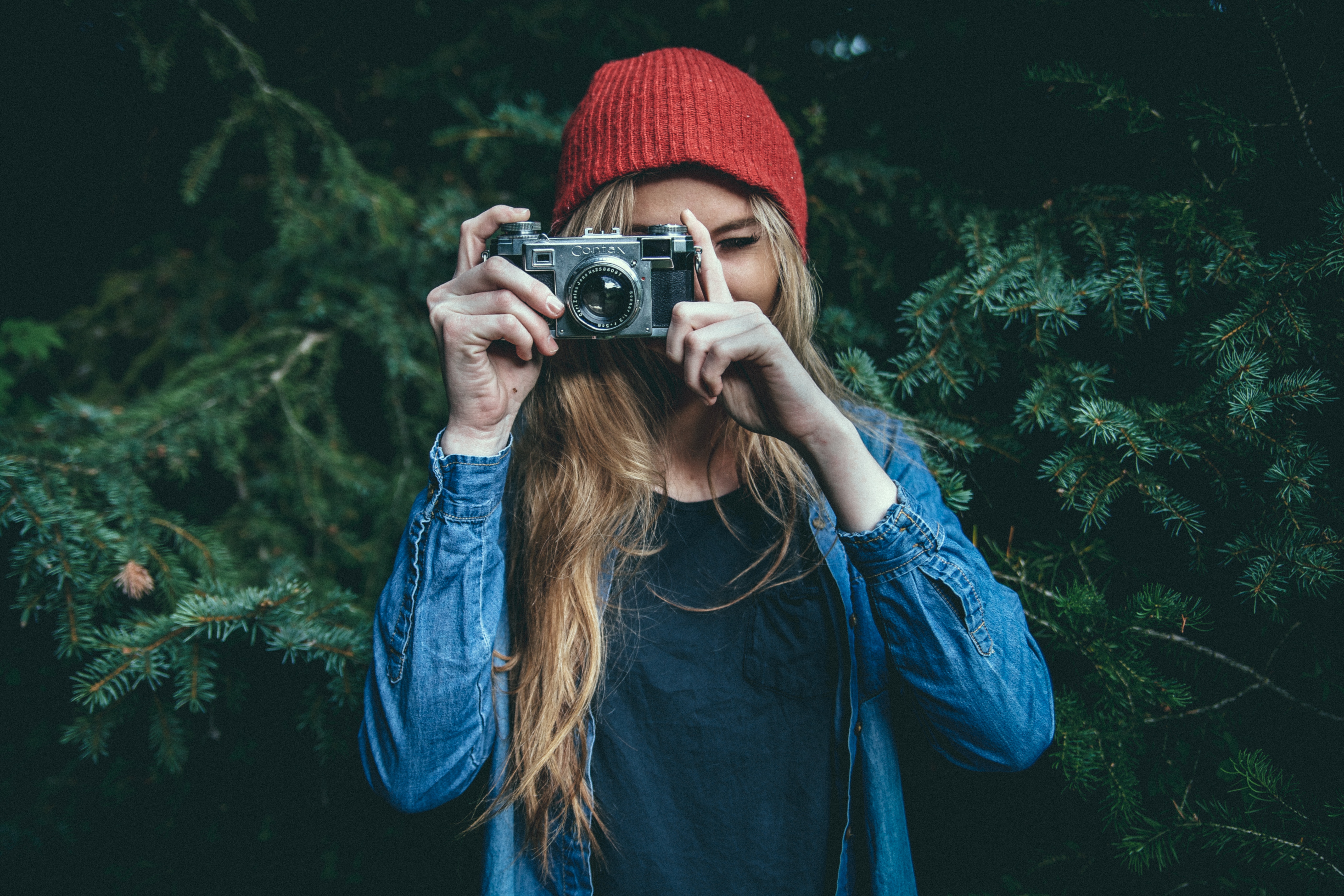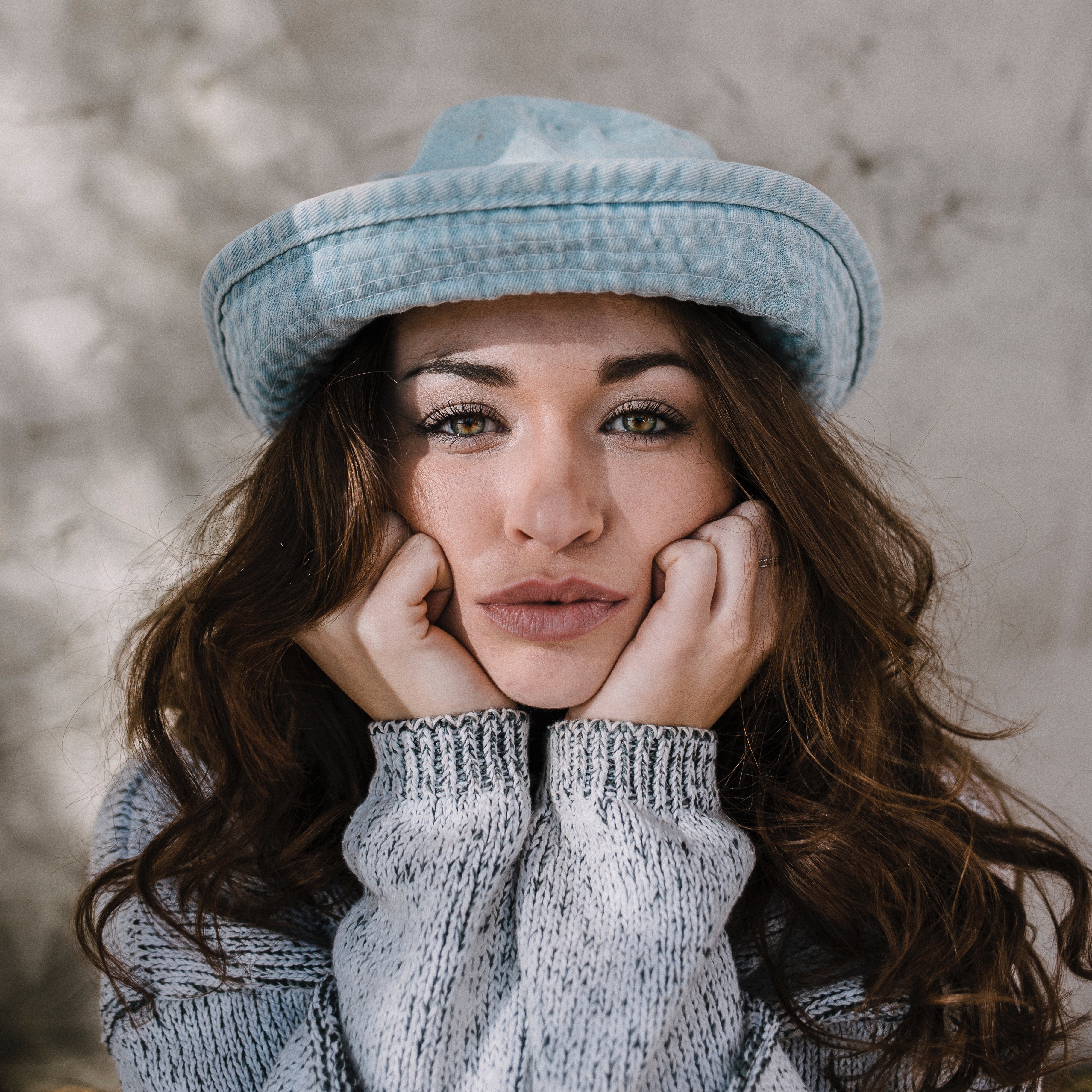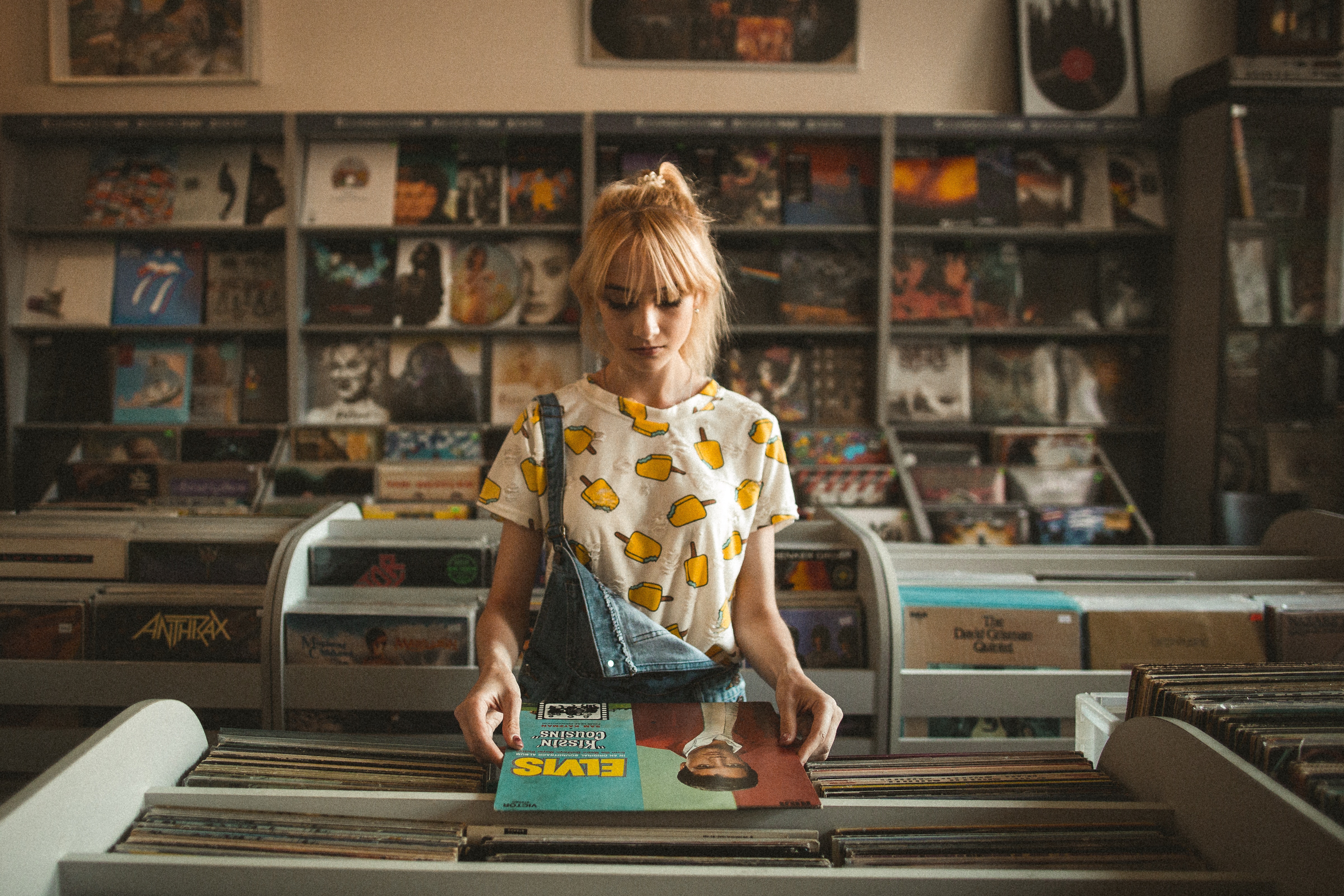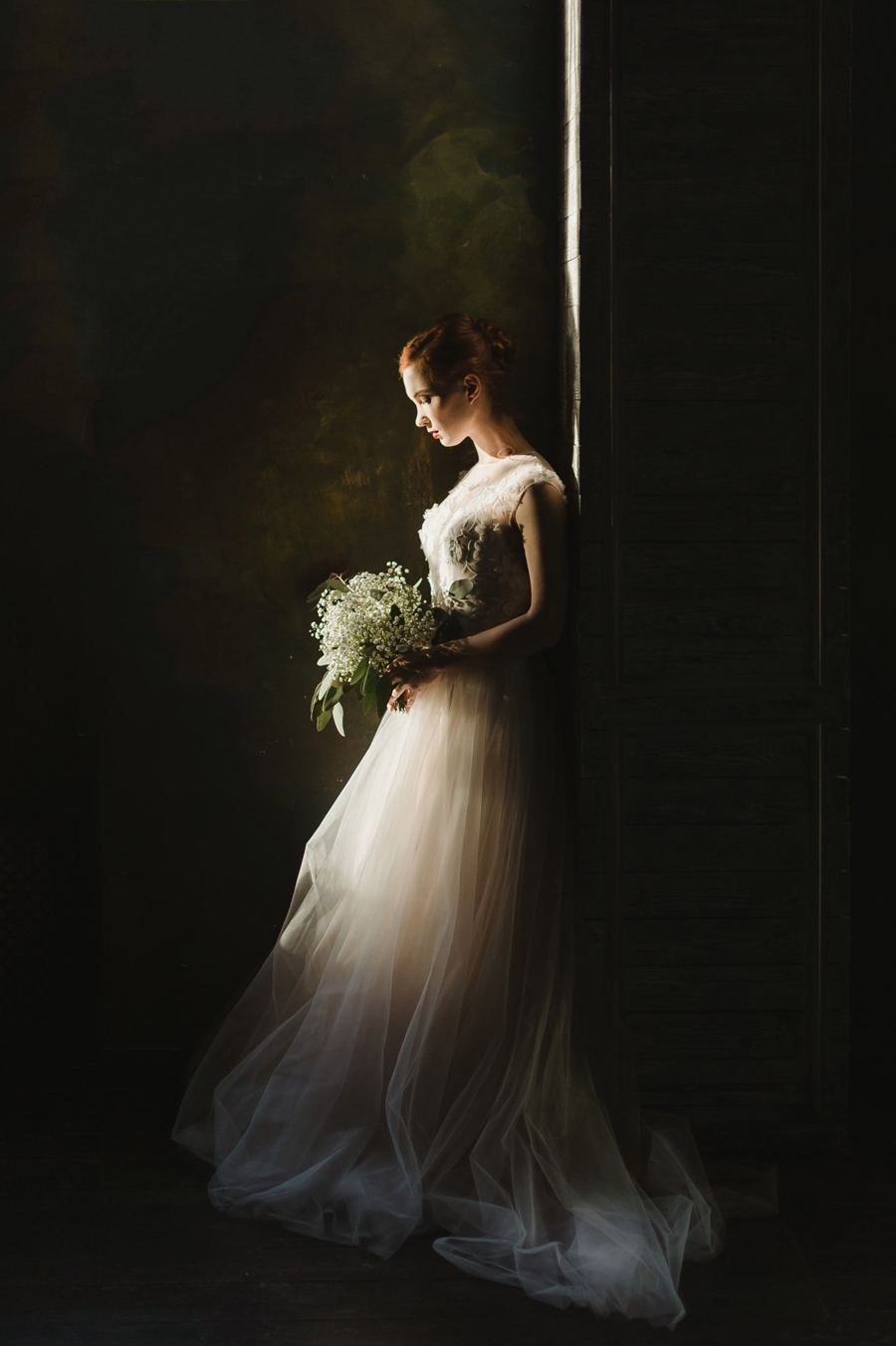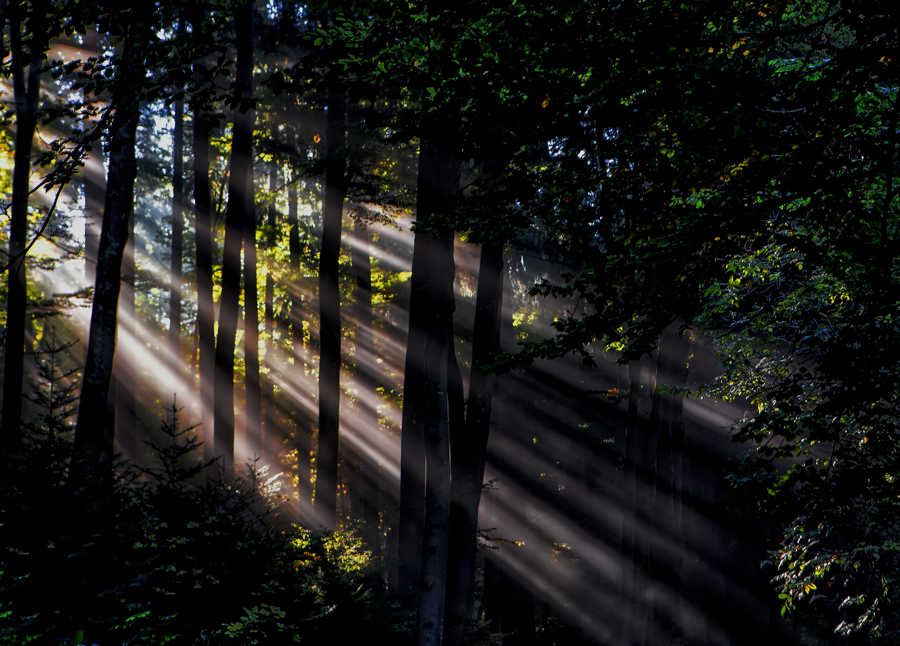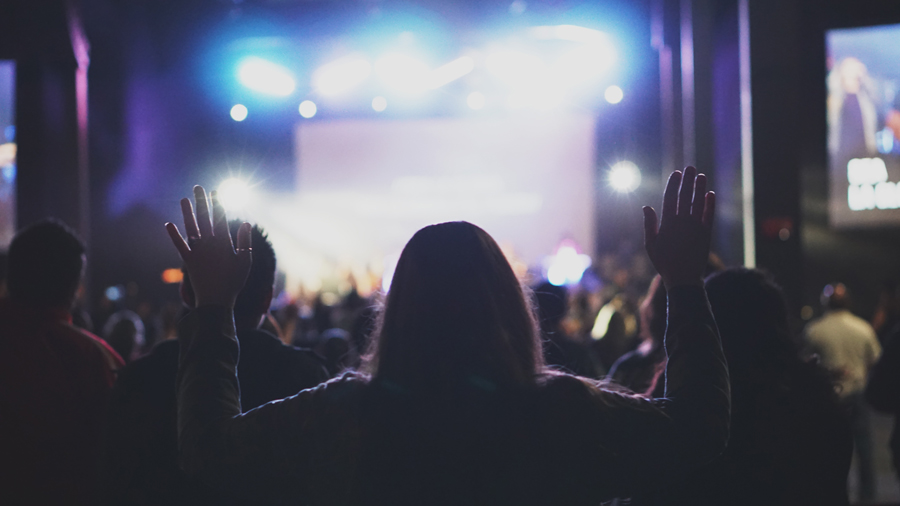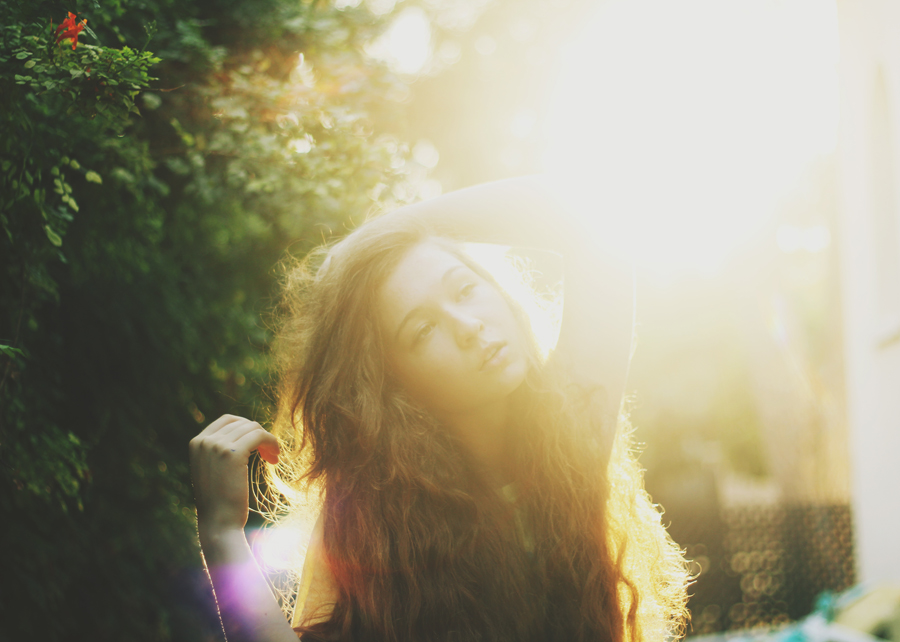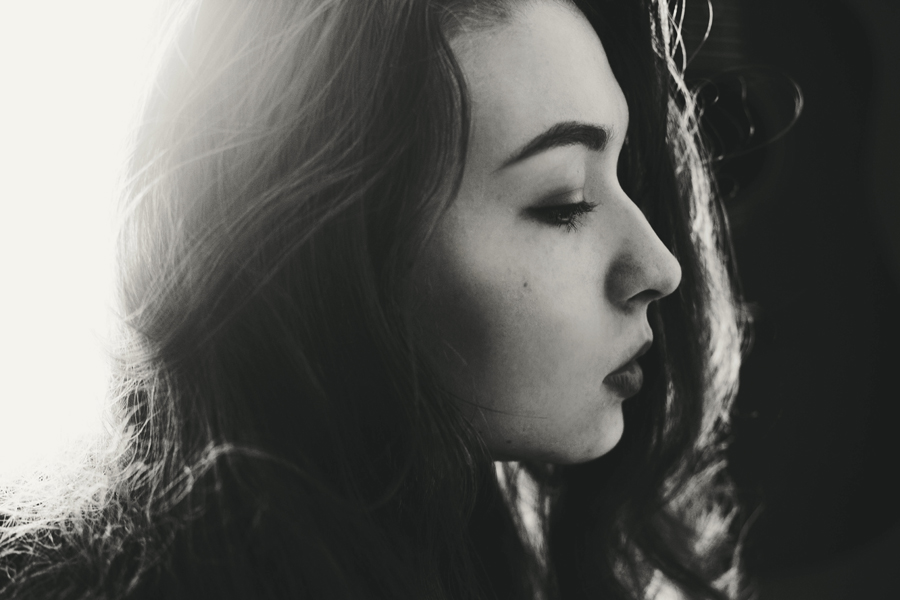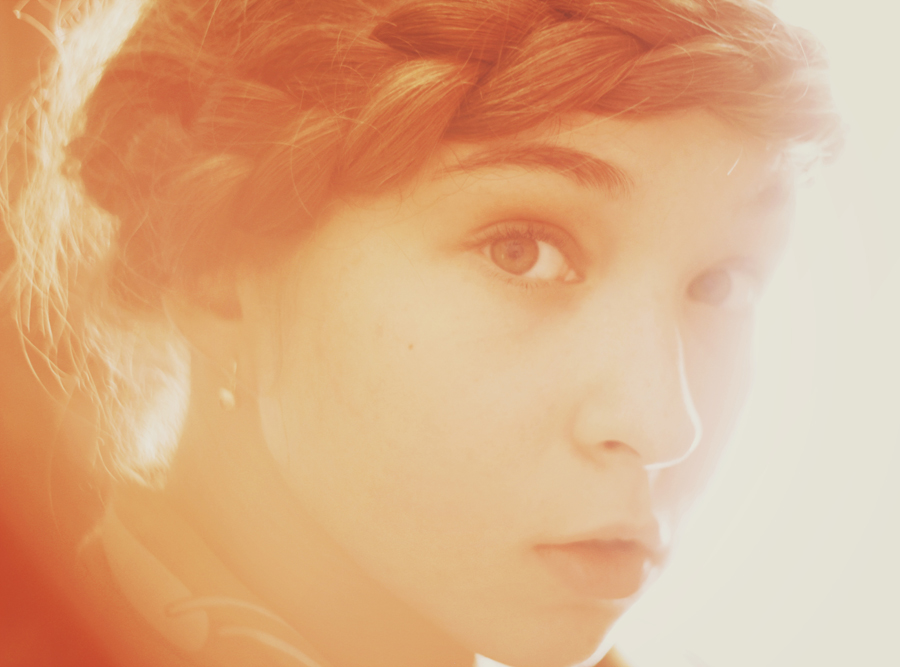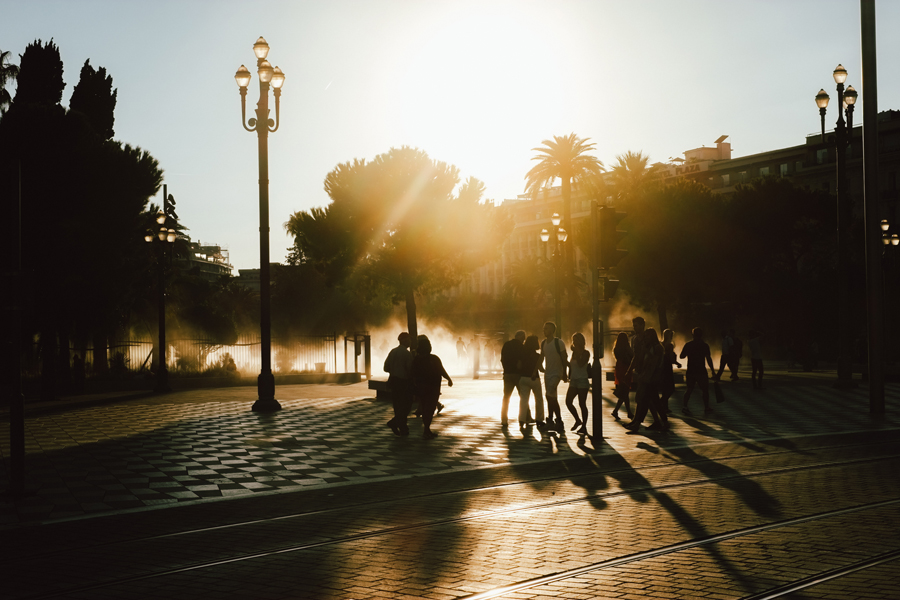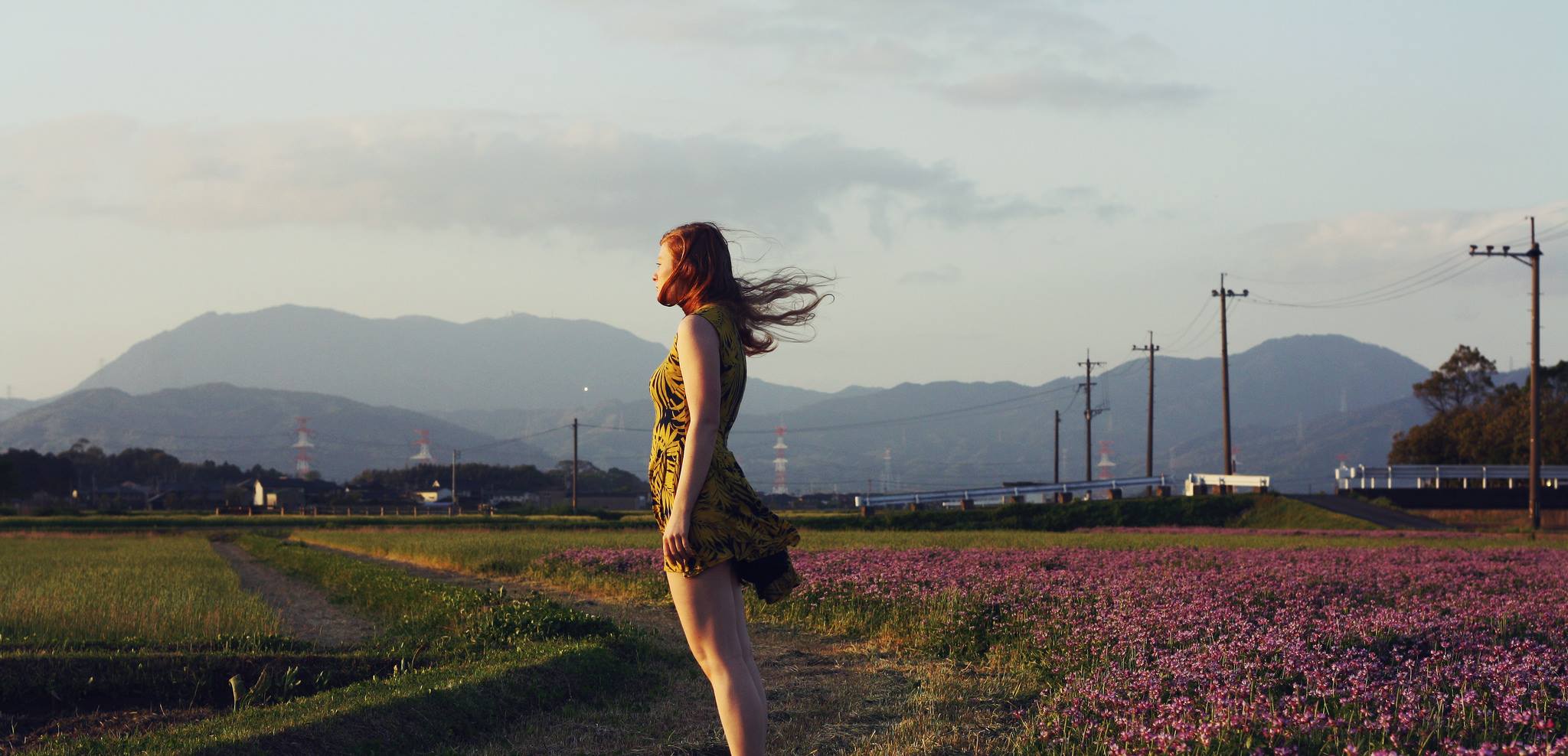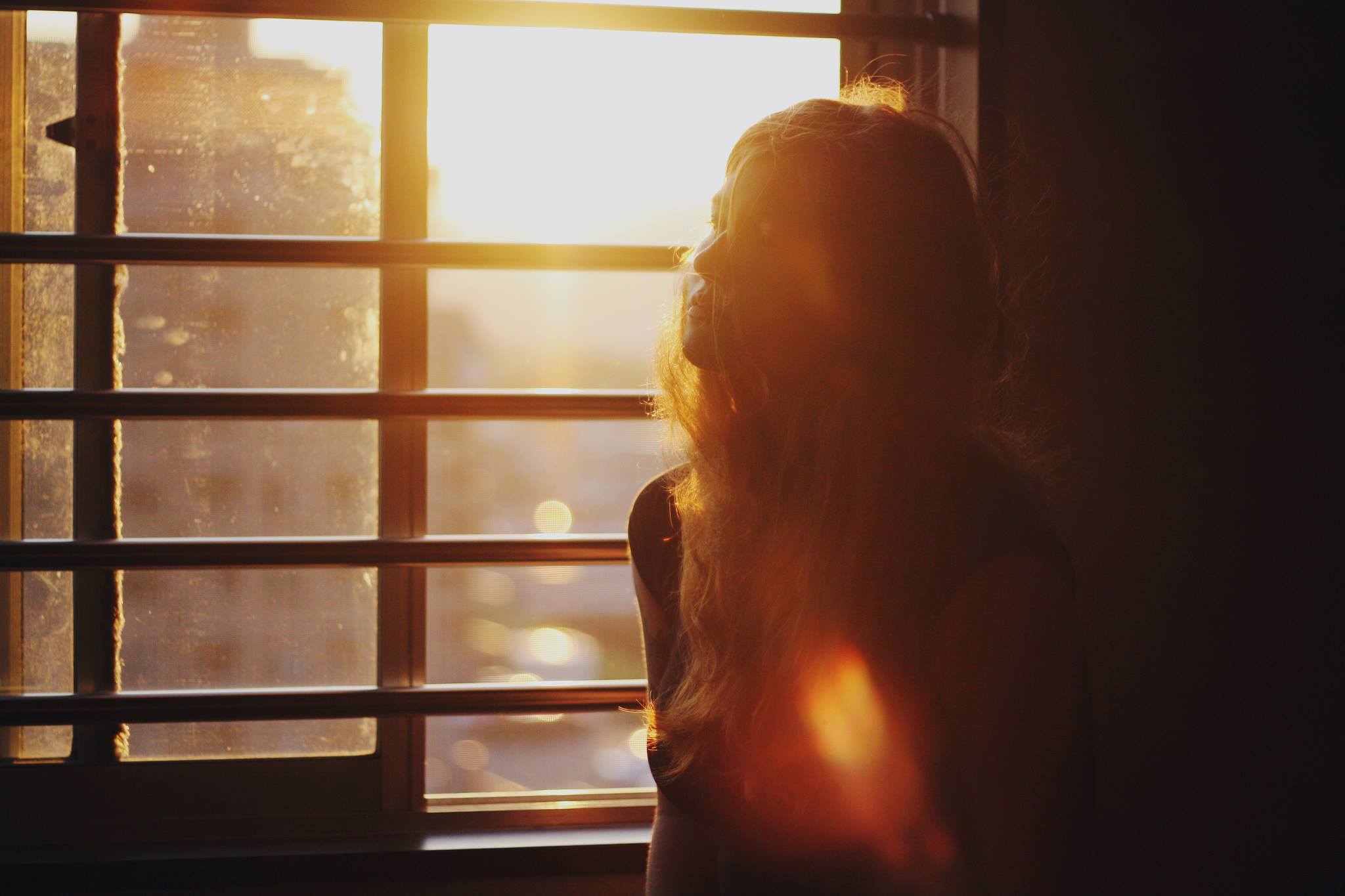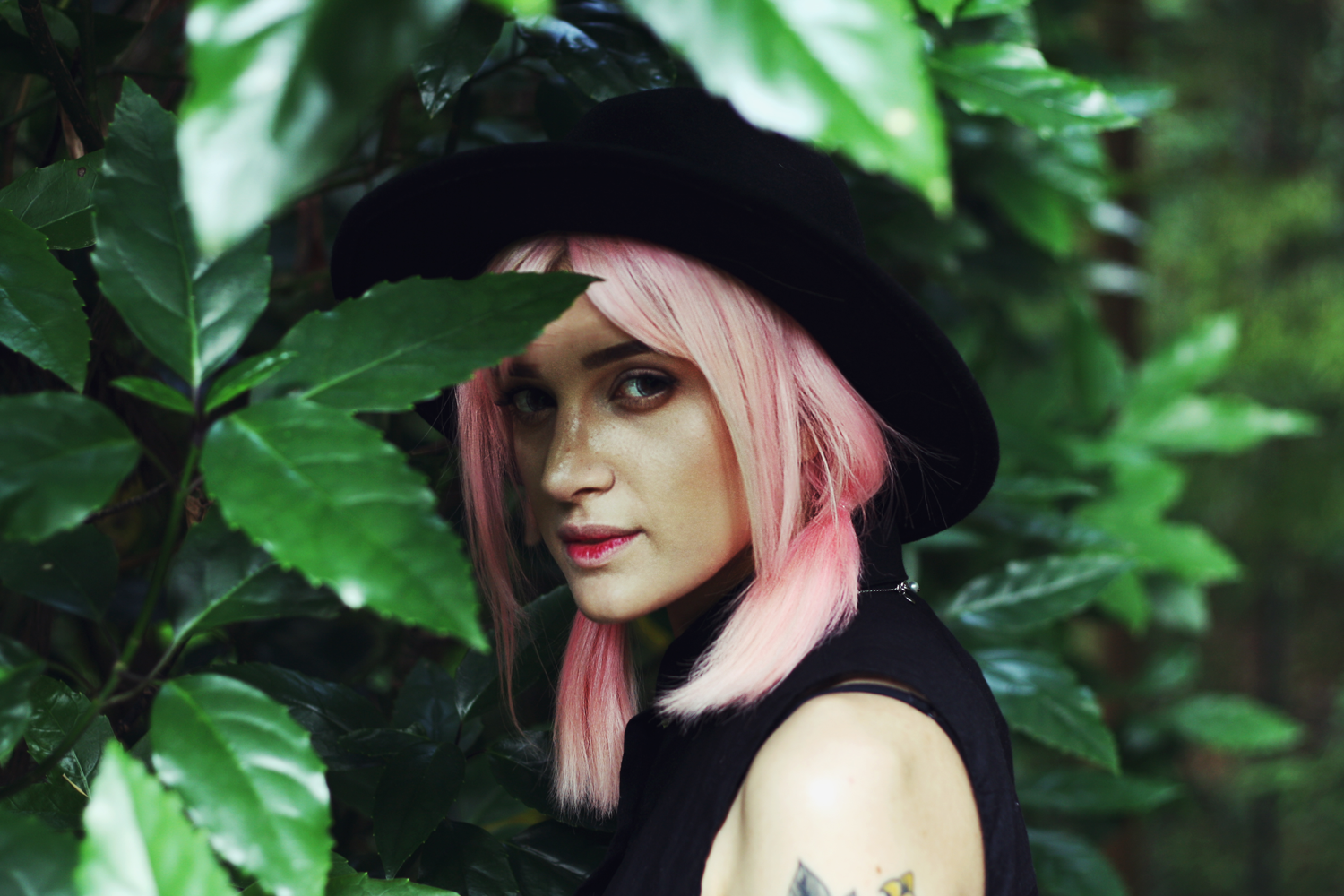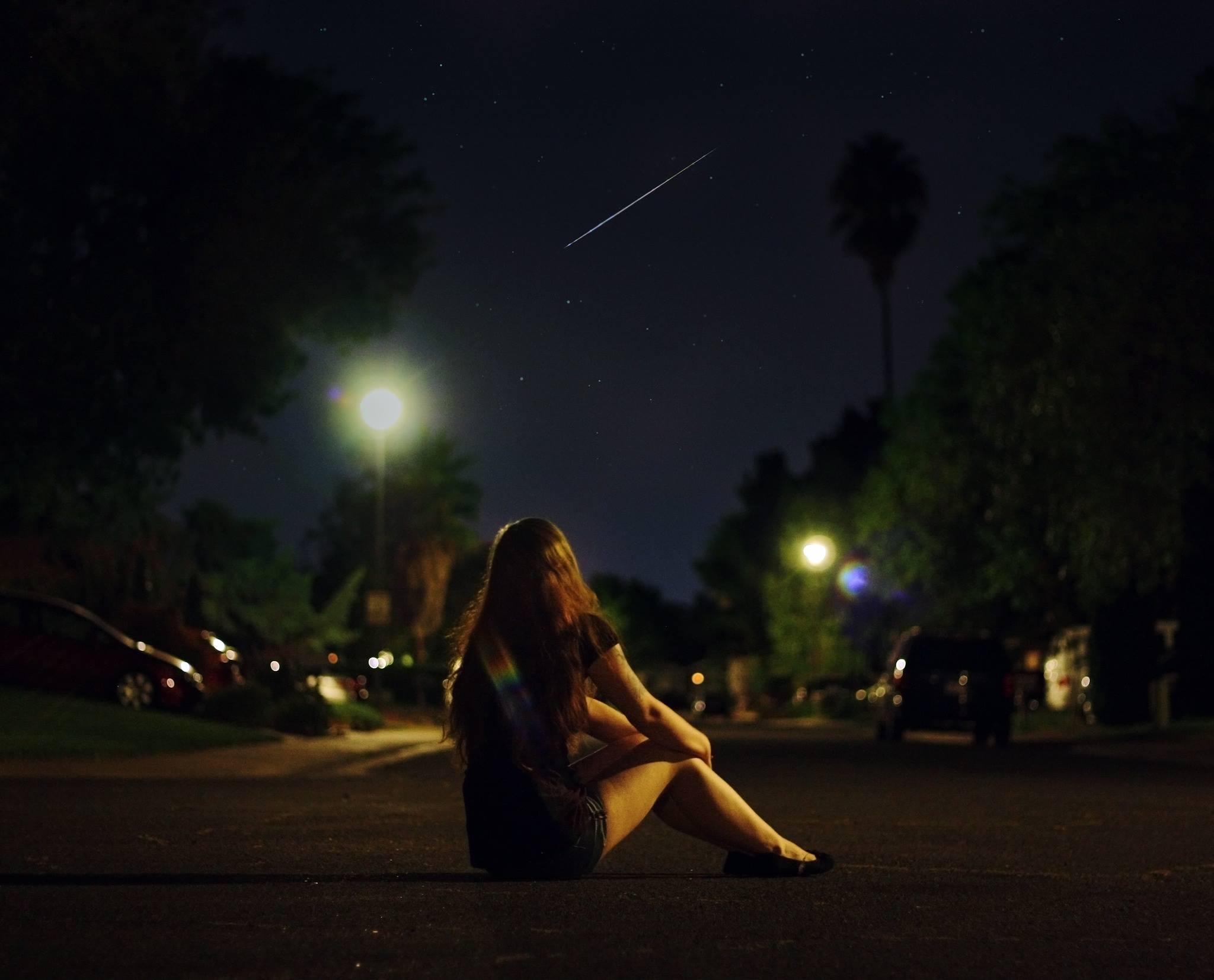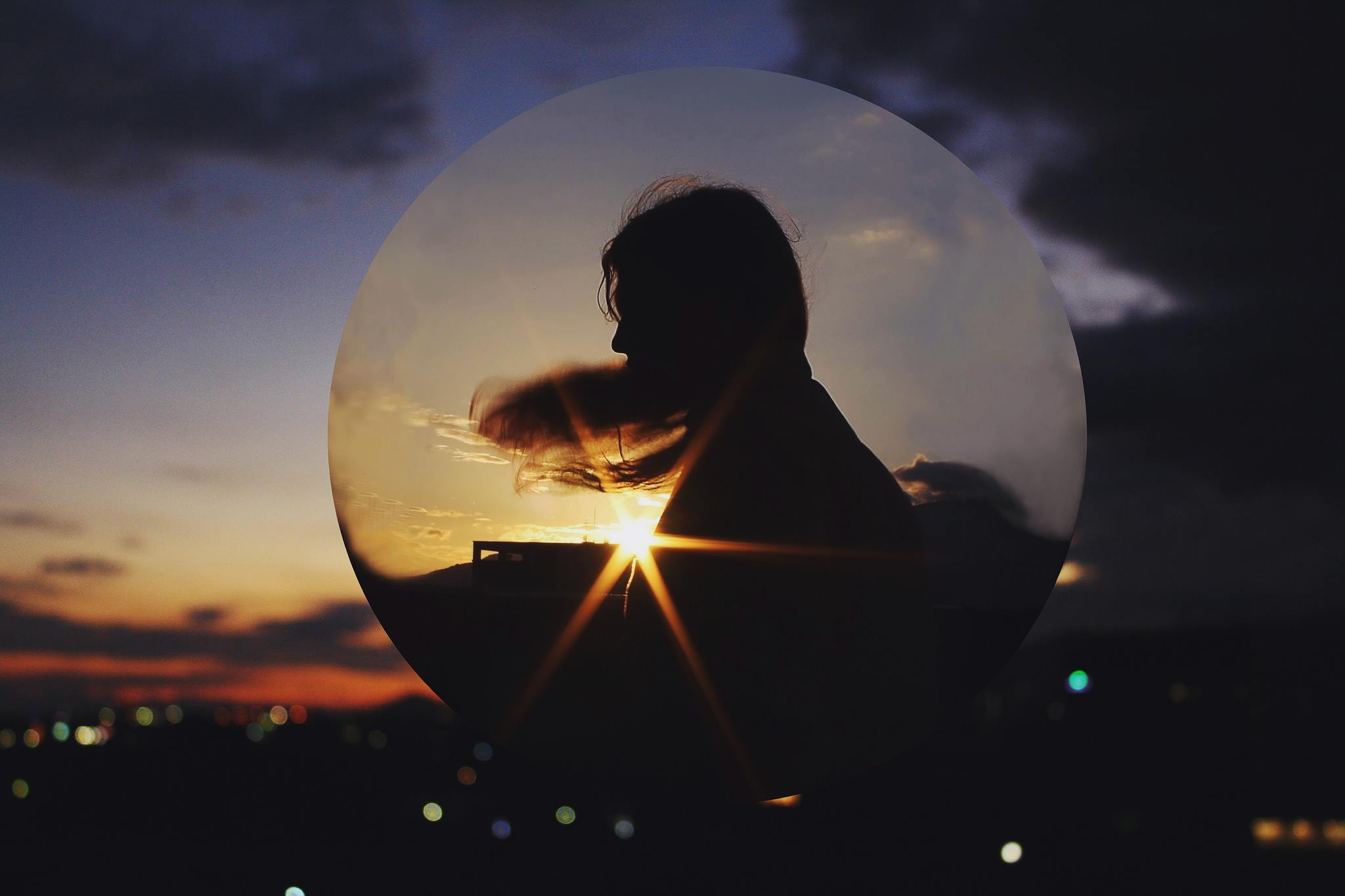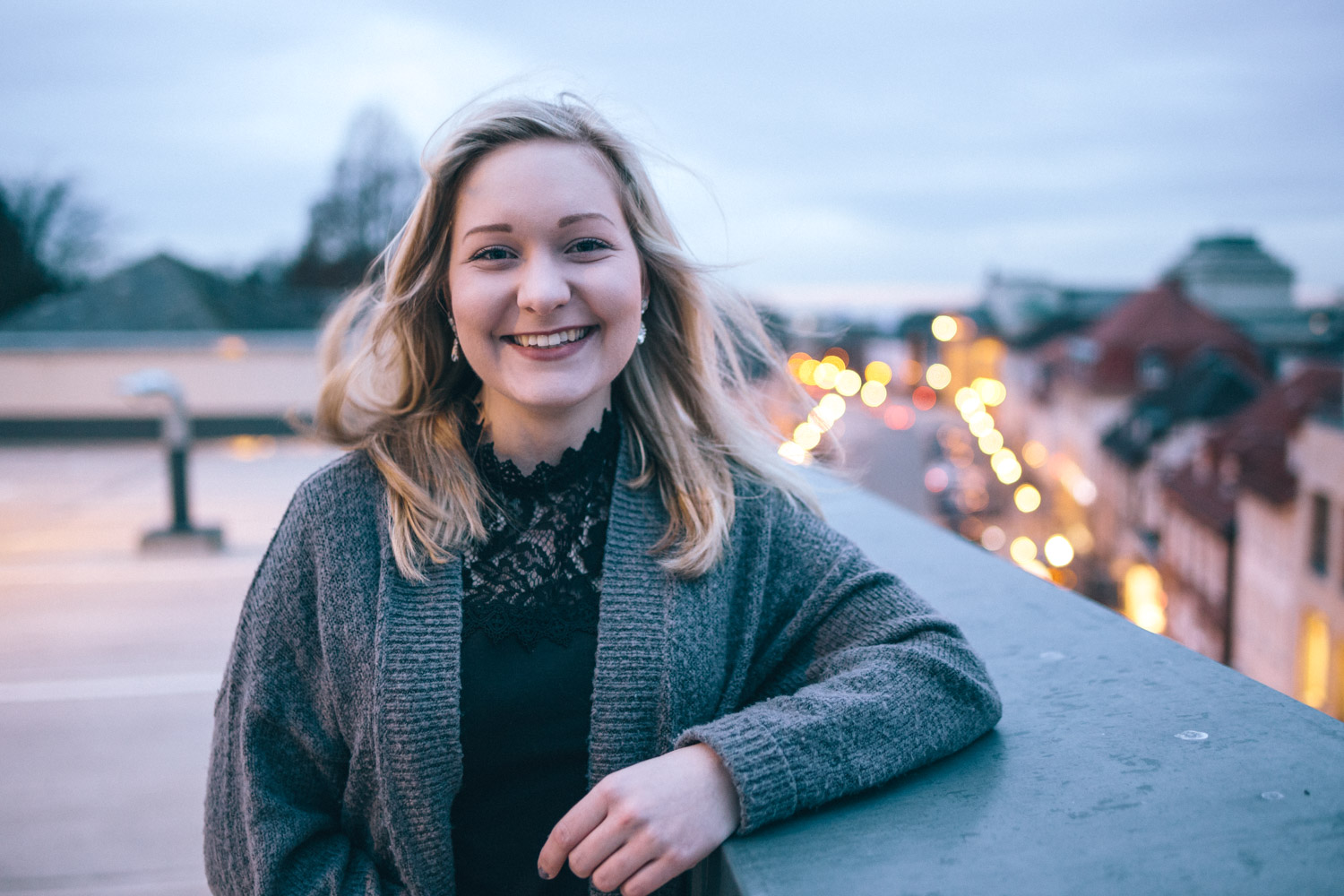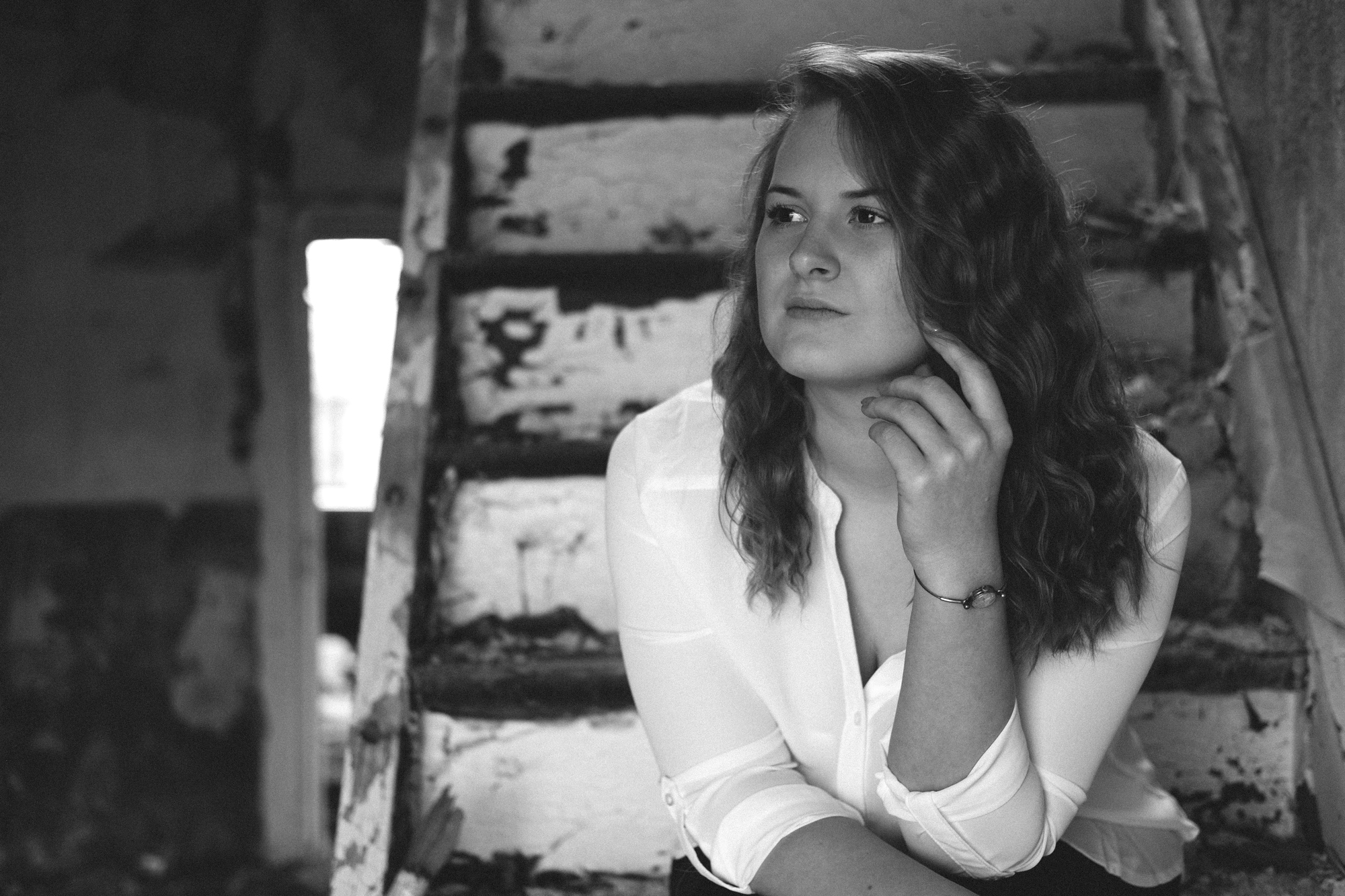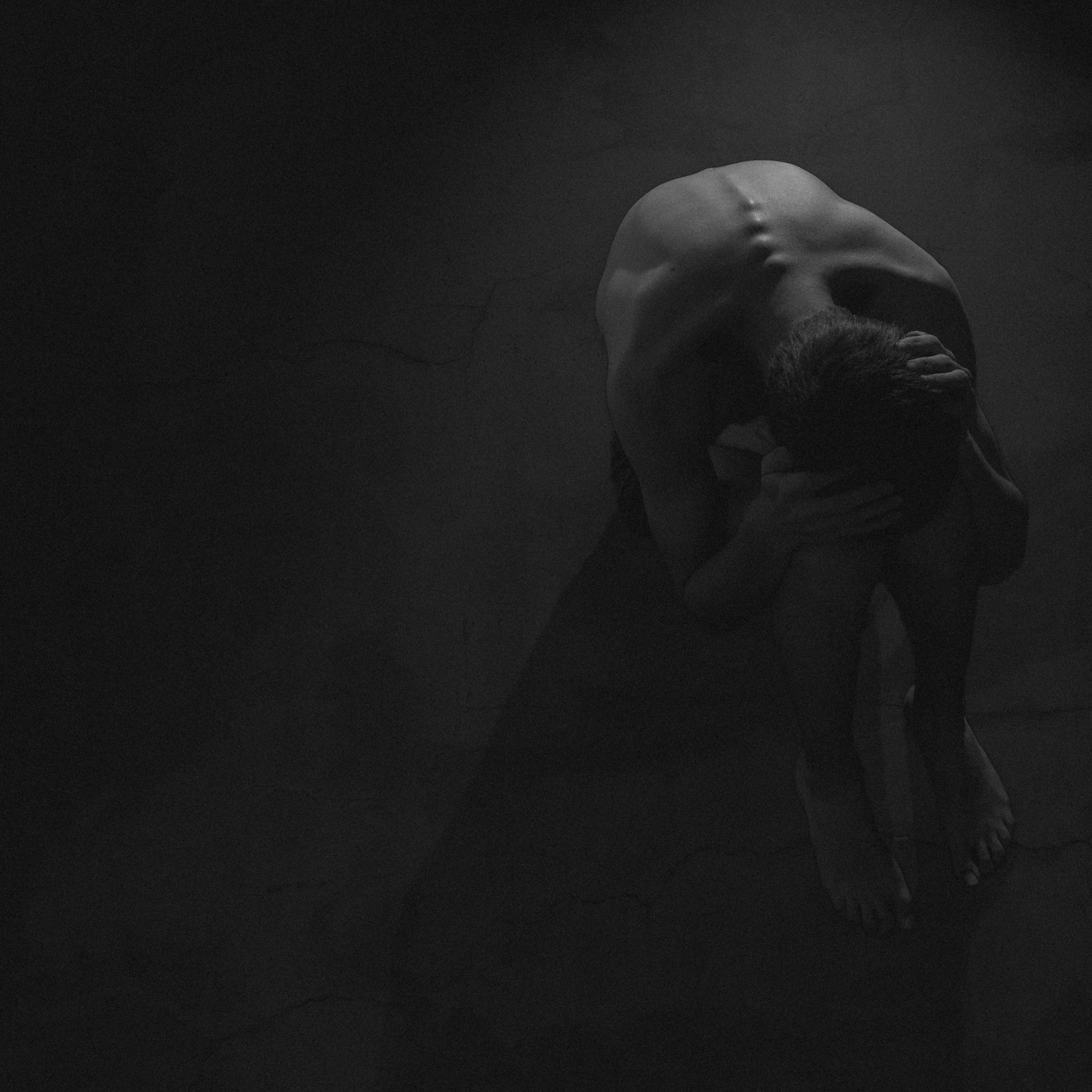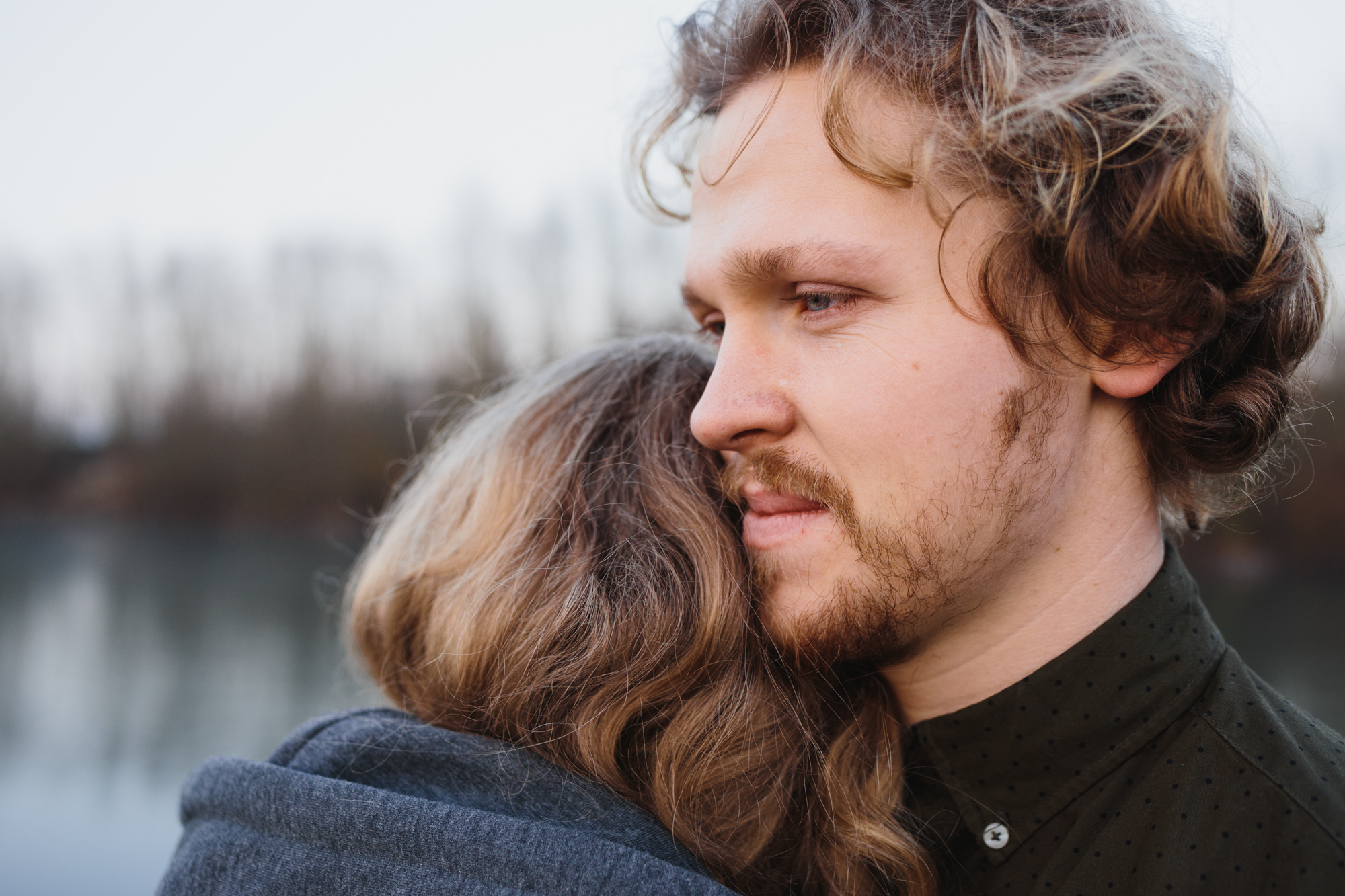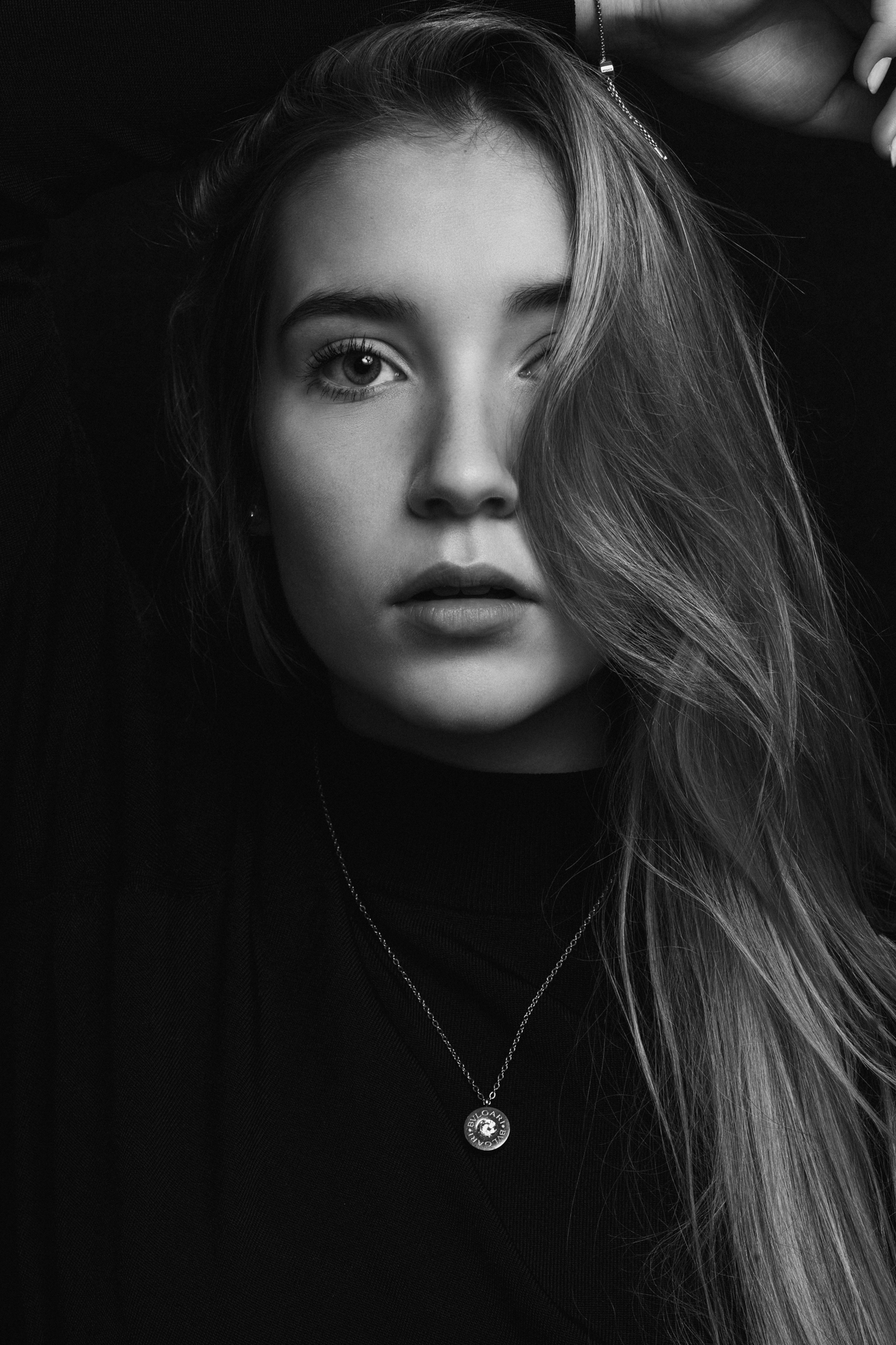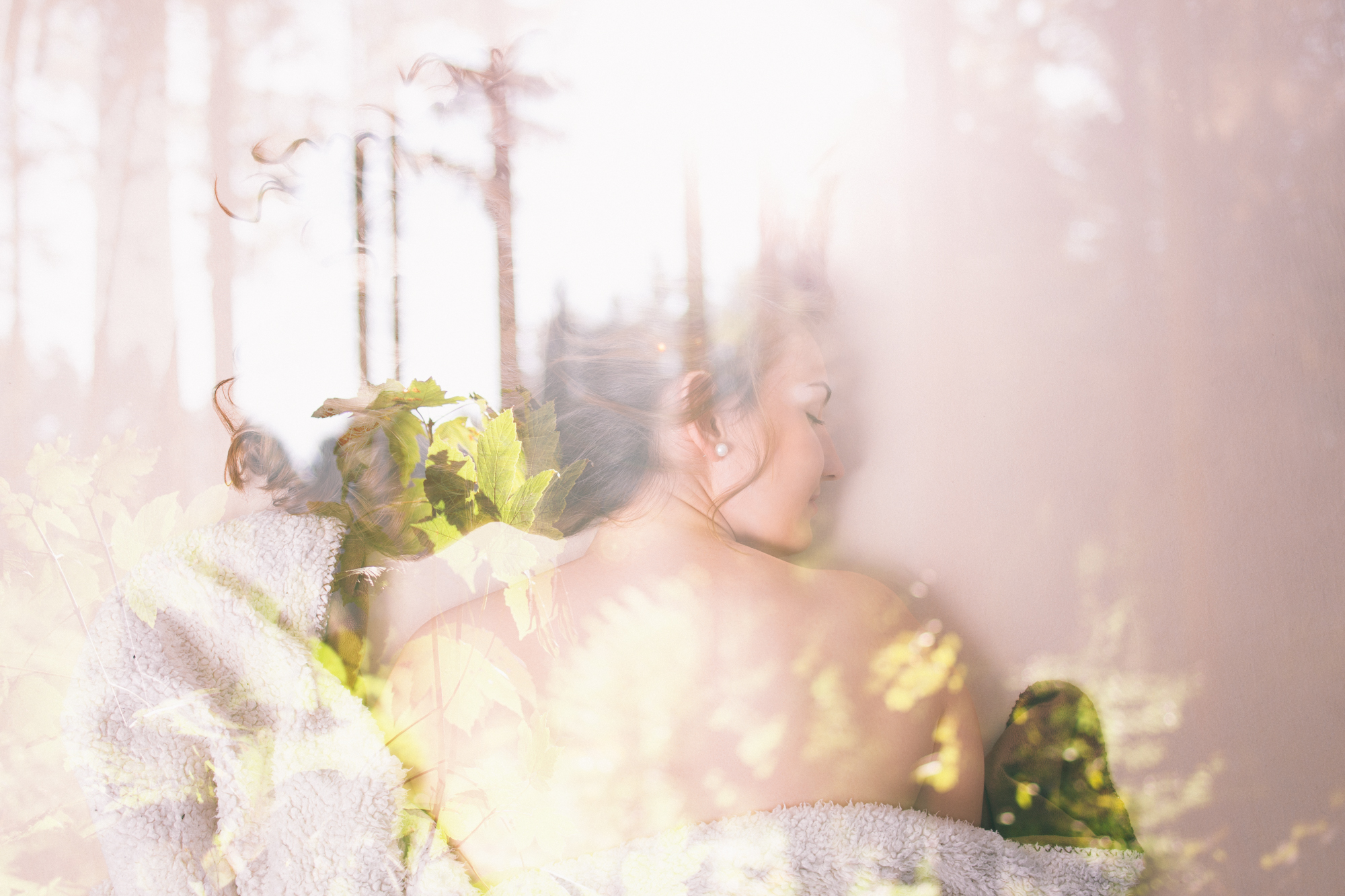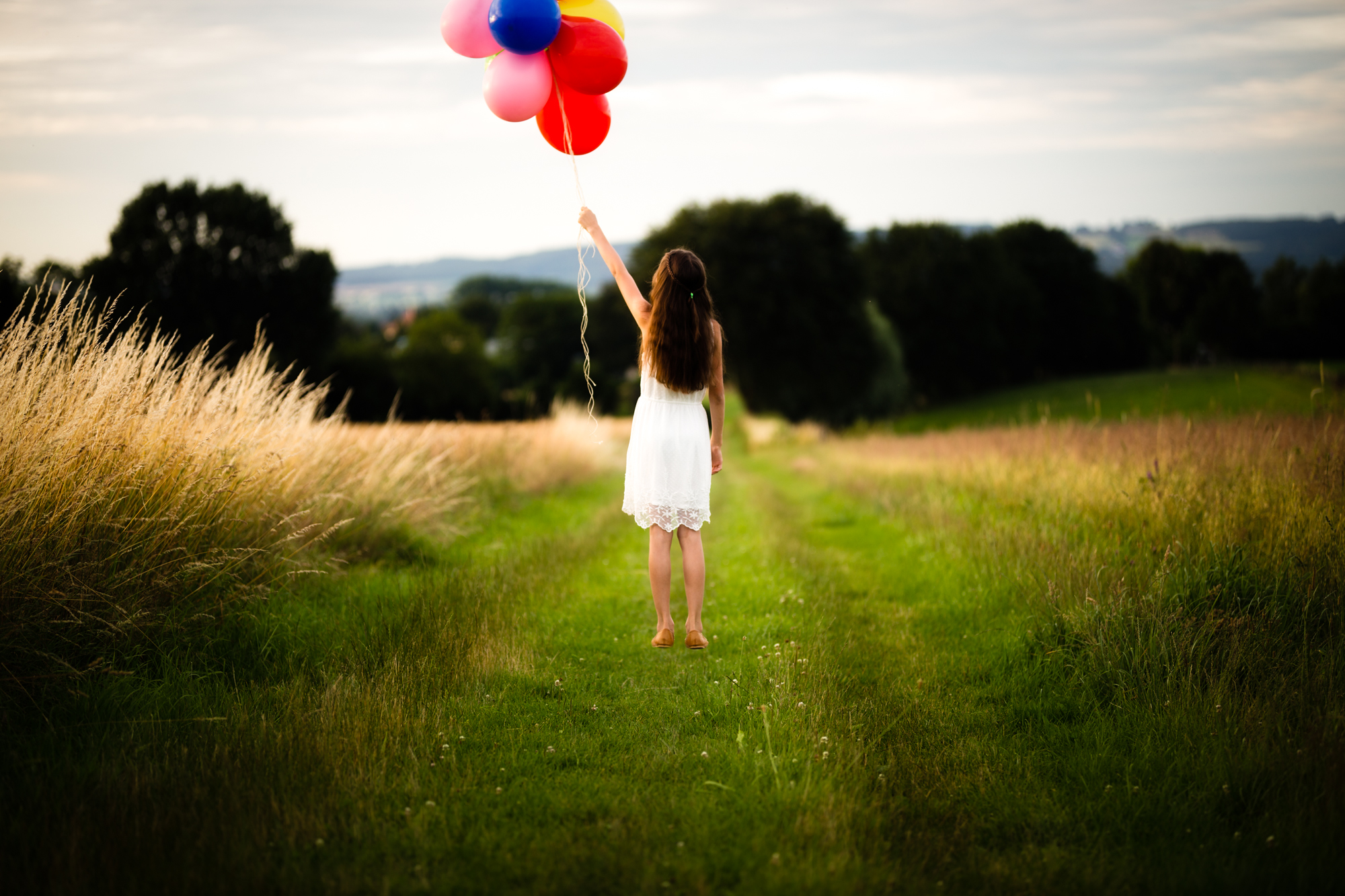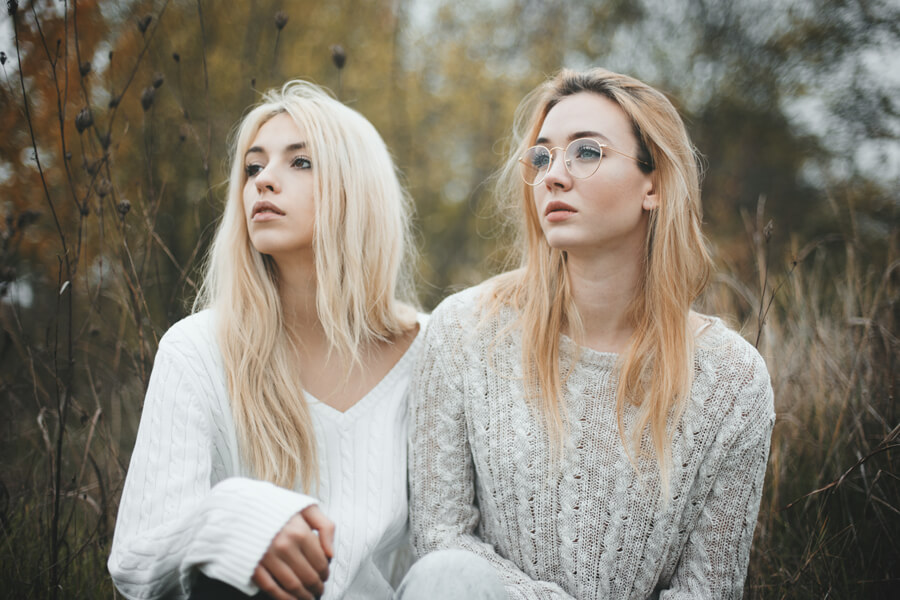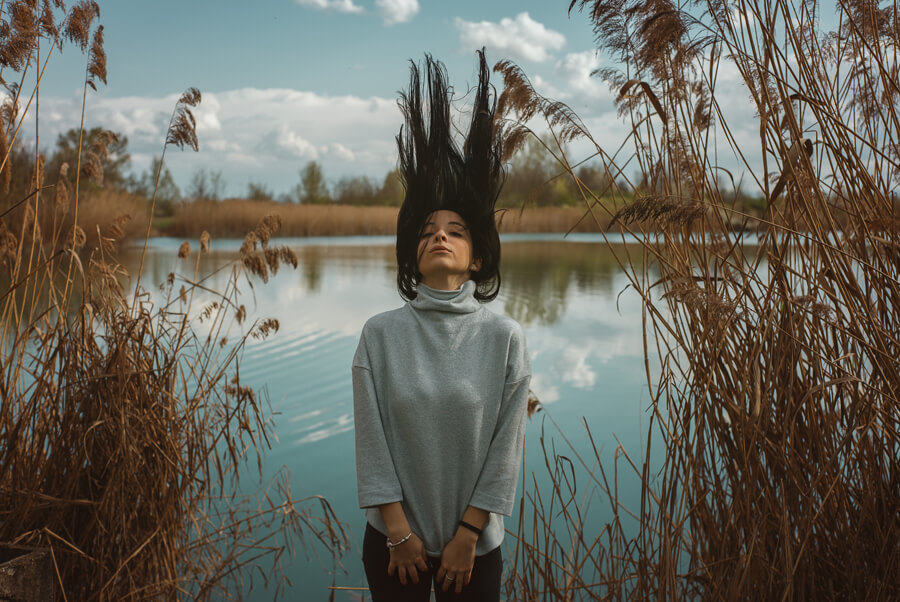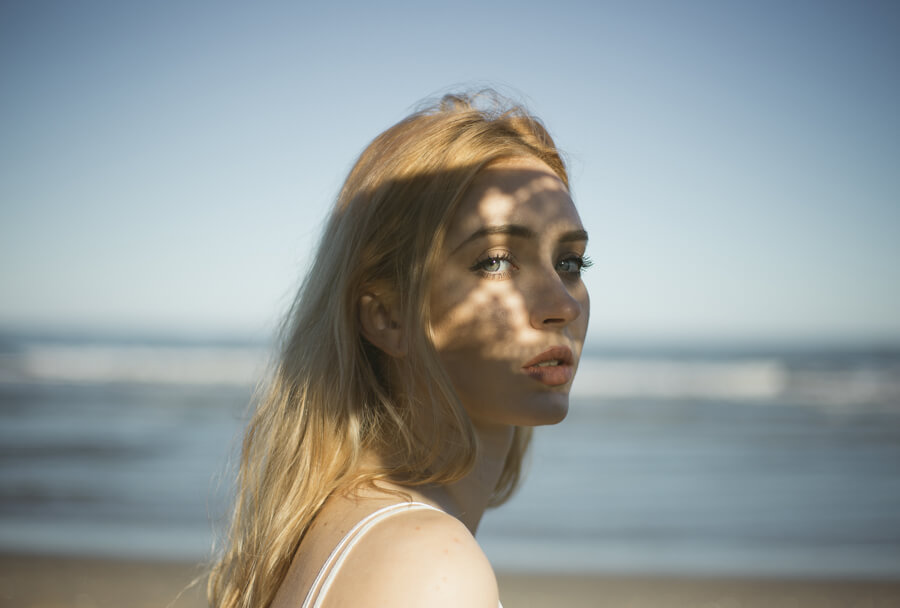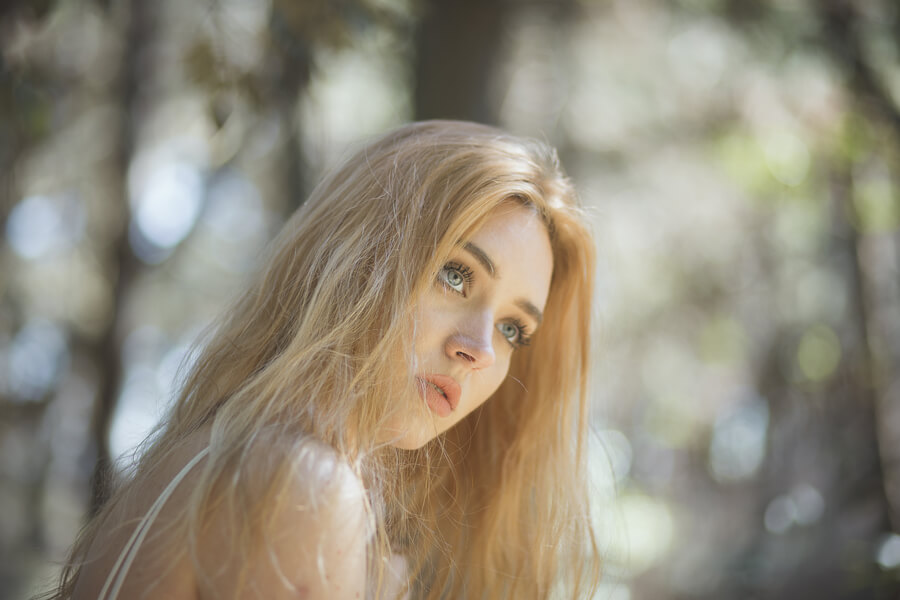In general, contests are associated with impressive prizes. Winners receive flight tickets to exotic countries, money they can spend wherever they want, and equipment that will help them fulfill their most grandiose dreams. They often involve hundreds (if not thousands) of participants, offer unbelievable prizes, and challenge photographers with eye-catching themes. It’s not surprising, then, that they intimidate many.
What’s the point in working hard for a photography contest that may or may not see potential in you? Participation matters because contests come with multiple prizes; you don’t need to get the first prize to enjoy all the benefits of participation. Here are some of the reasons you should join a photography contest.
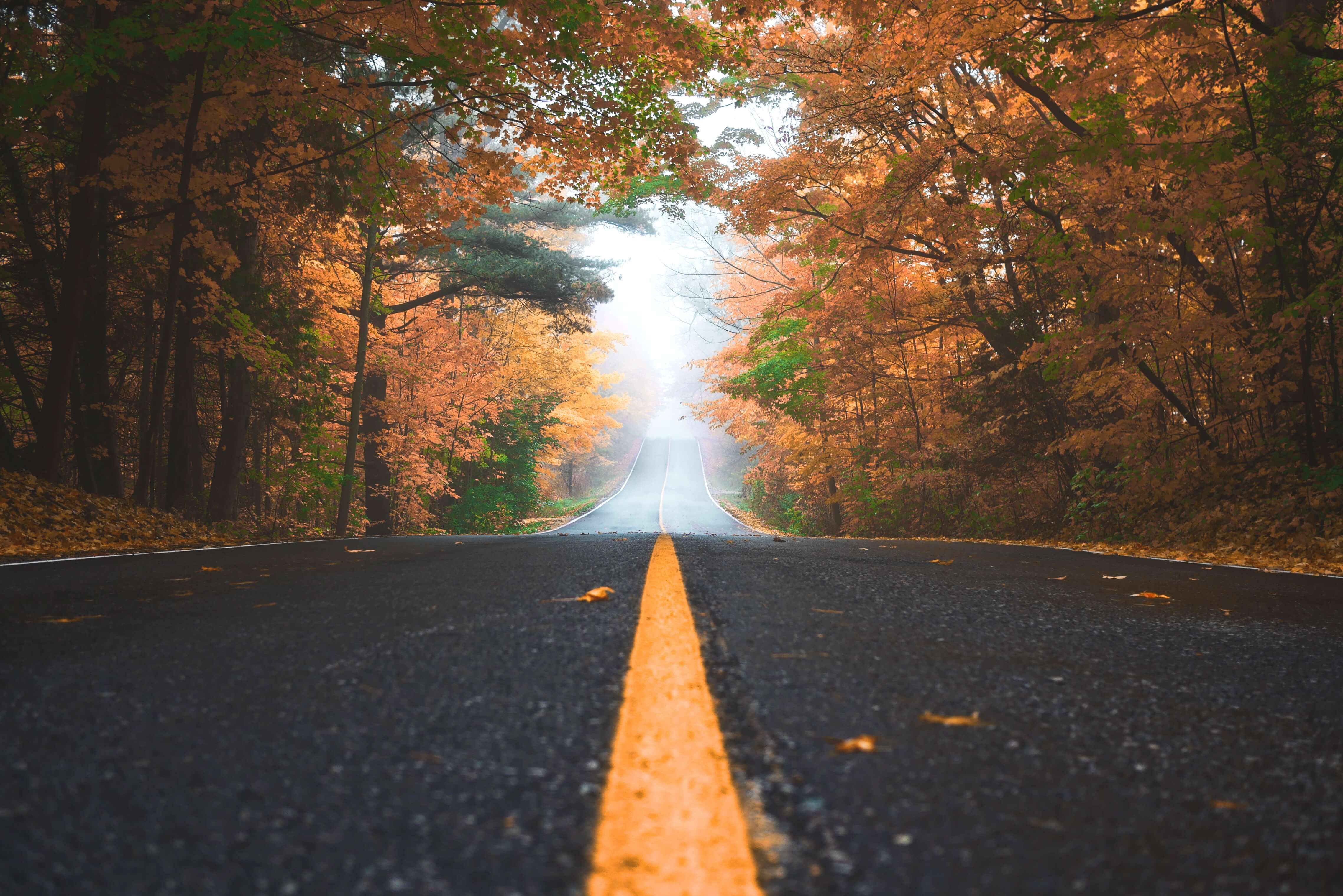
If You’re out of Ideas, They Will Inspire You
Most photography contests have themes that revolve around specific colors, landscapes, people, and more. The themes themselves – which, though often simple, aren’t something we’d typically come up with ourselves – can spark new ideas and provide you with an abundance of fresh inspiration.
When you search for contests, pay attention to their themes. Even if you don’t participate in a contest entitled Intriguing Silhouettes, for example, you might find the idea quite striking. This might lead to the creation of an exciting project, photograph, or collaboration.
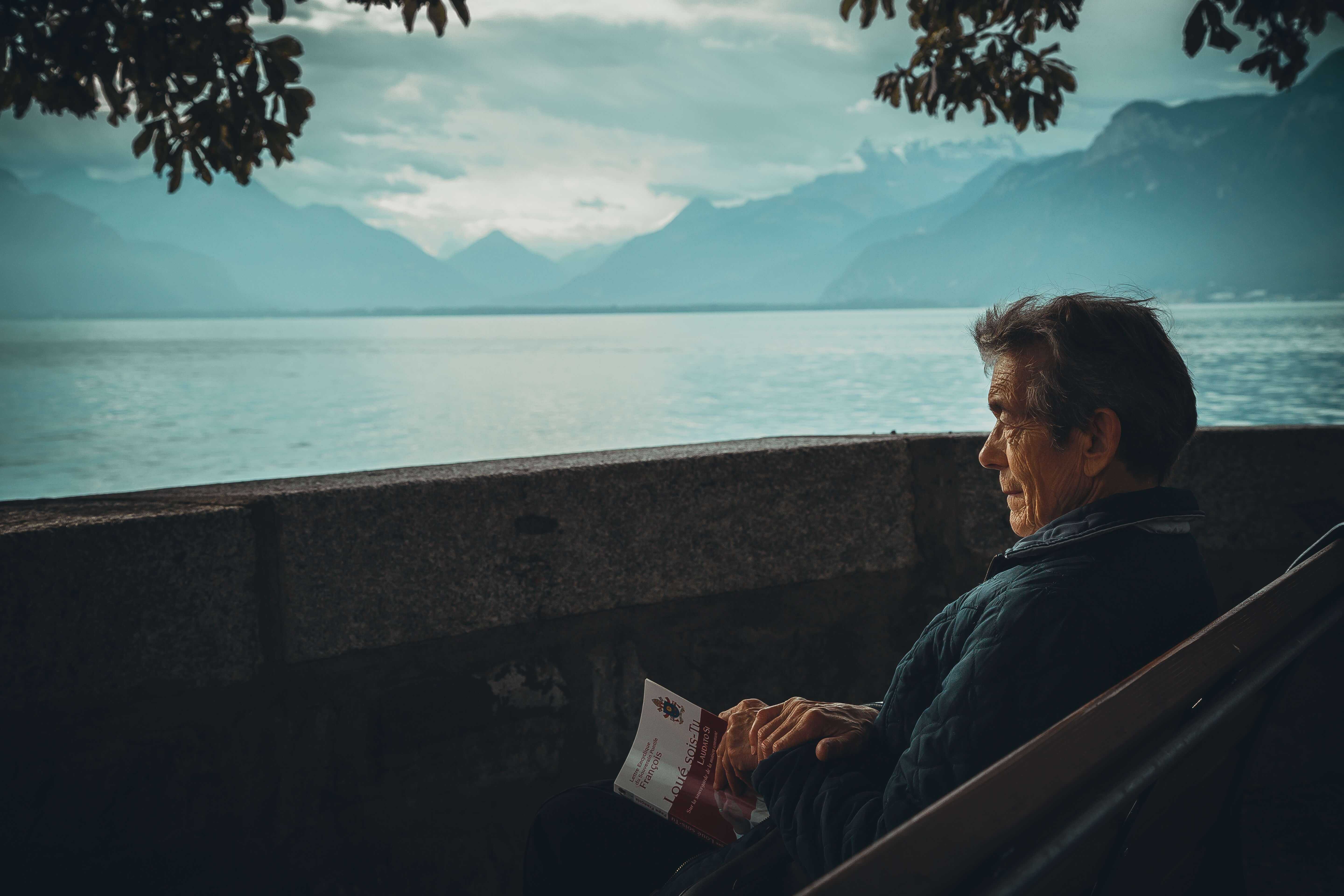
If You’re Feeling Restless, They Will Strengthen Your Patience
Sometimes, losing is inevitable. Once you participate in a few contests, you’ll learn that losing isn’t a reflection of your talent; it’s simply a reason to keep going.
Persistence will get you far not only in your world of hobbies but in your personal life. Overcoming creative obstacles will shape you into a stronger photographer, which will transform you into a patient, curious, and relentless individual. Once you get to this point, no amount of failure will be able to steal your motivation.
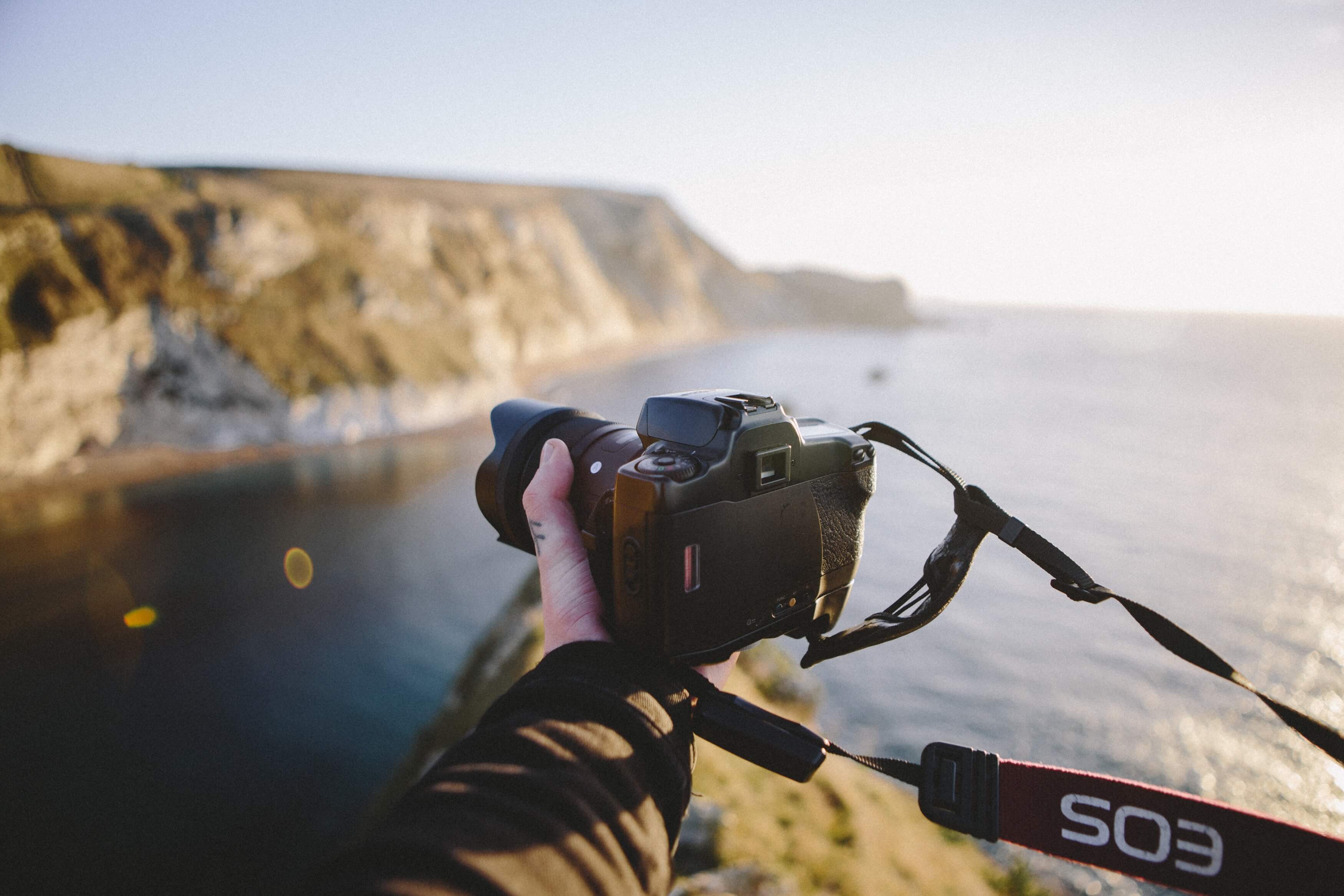
If You Can’t Find Meaning Anywhere, The Rewards Will Motivate You
If inspiration doesn’t excite you, let the rewards motivate you. Many photography contests offer exposure, equipment, money, etc., prizes that are all worth pining for. If this kind of participation fuels you, you’ll be able to pour all of your energy into incredible photographs. As you do this, you’ll become a better artist, editor, and observer.
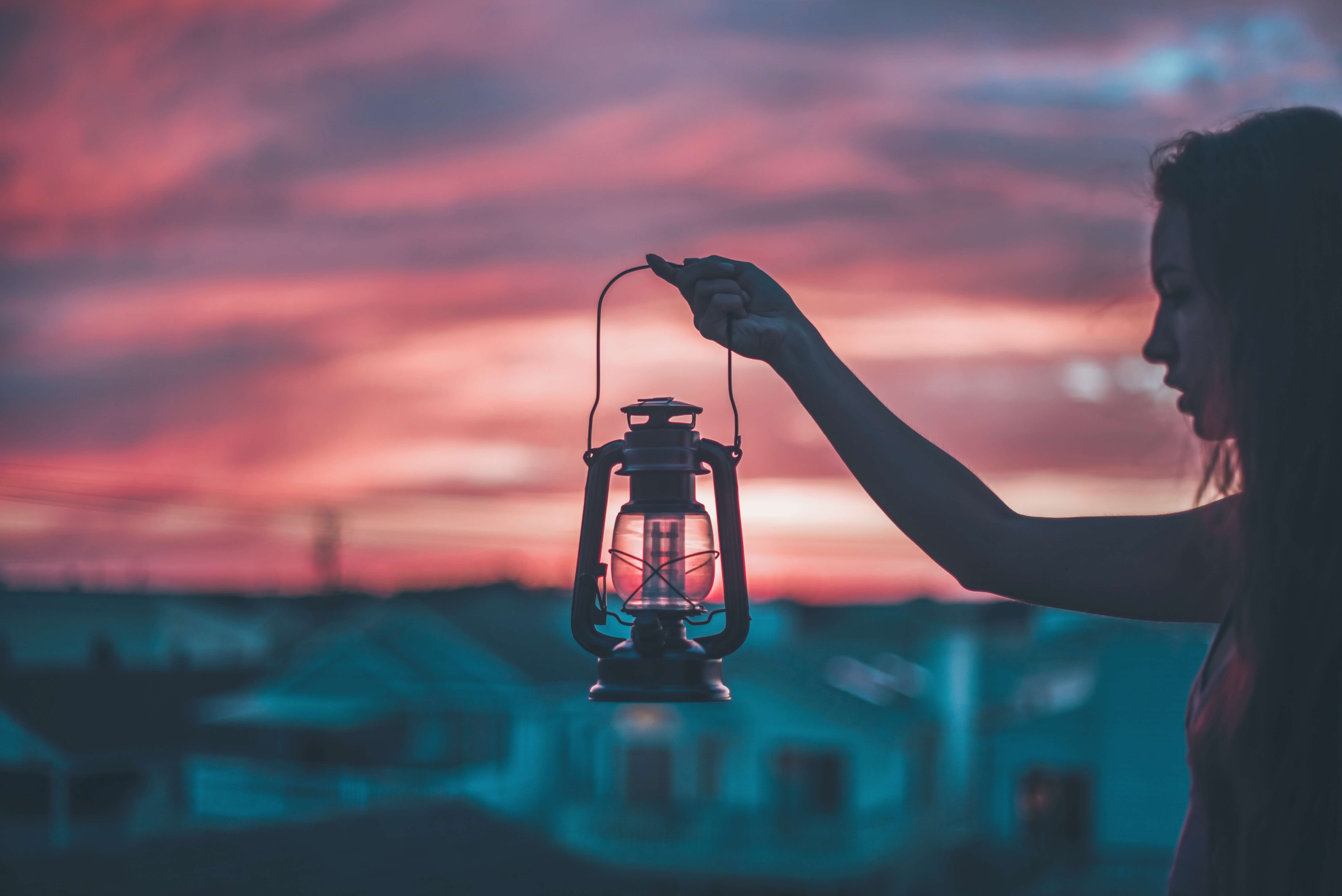
If You’re Feeling Creatively Dull, They Will Challenge You
Every contest comes with detailed guidelines. Some will encourage you to get out of your comfort zone, reconsider the value of seemingly typical objects, or work with a limited amount of equipment. This is significantly different to the freedom we usually give ourselves during photoshoots. A combination of excitement and structure is great for discipline yourself and getting better at following instructions. Most importantly, it’s a healthy source of creativity.
Time and time again, research has shown the benefits of limitation. Many people thrive when they’re given a set of tasks and a deadline. Working under pressure can force creativity to emerge out of the blue and fill our minds with an immense amount of ideas. So, if you like a good challenge, photography contests are ideal for you. If you’re not sure, just give them a try!
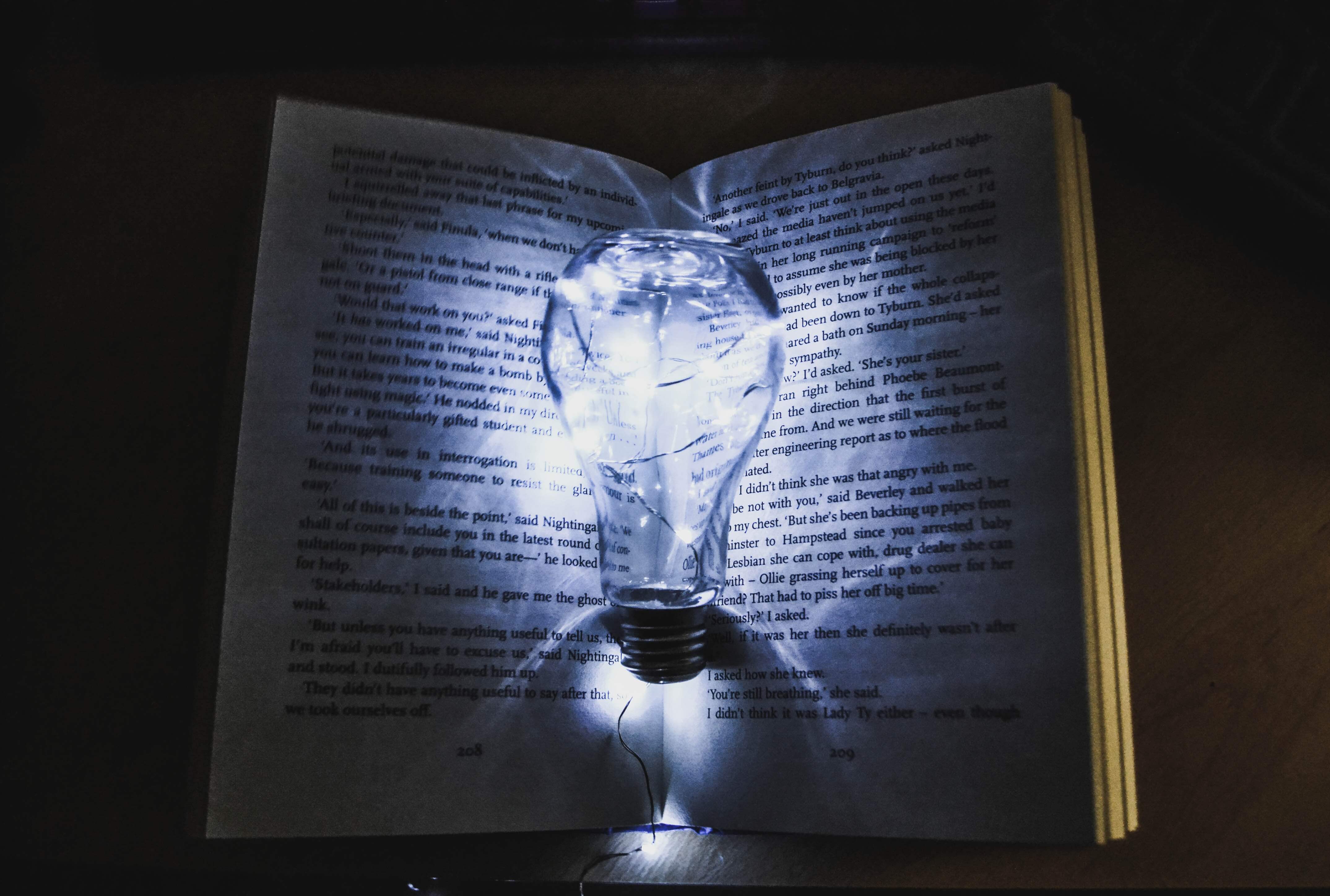
Participating in photography contests will help you strengthen your photography skills, connect with like-minded people, find precious inspiration, become more patient, and more. I can guarantee that you will improve in one way or another if you join at least a few contests. If you don’t win, you will have learned so much that it won’t discourage you. If you do become a winner, your prize will simply be the cherry on top. 🙂
Now that you’re familiar with the benefits of photography contests, join a few! Once you do, leave a comment below telling us about your experience.

